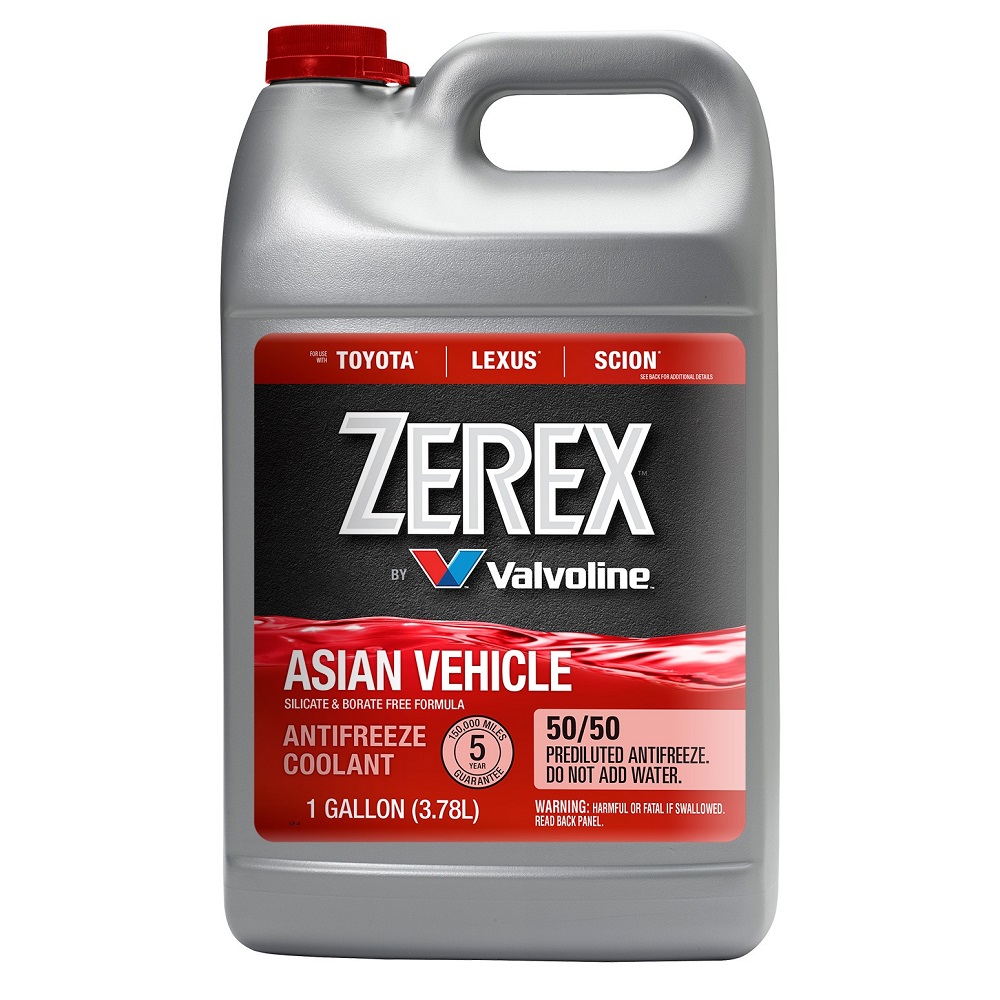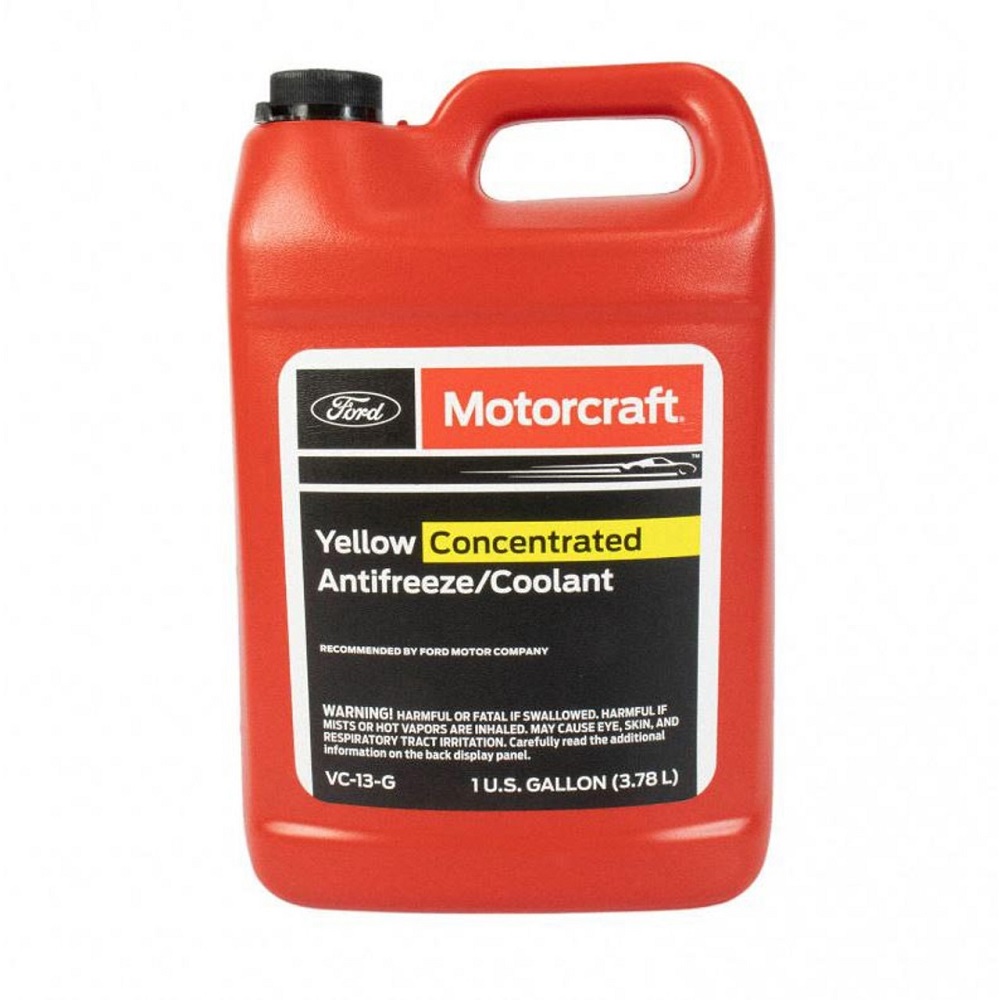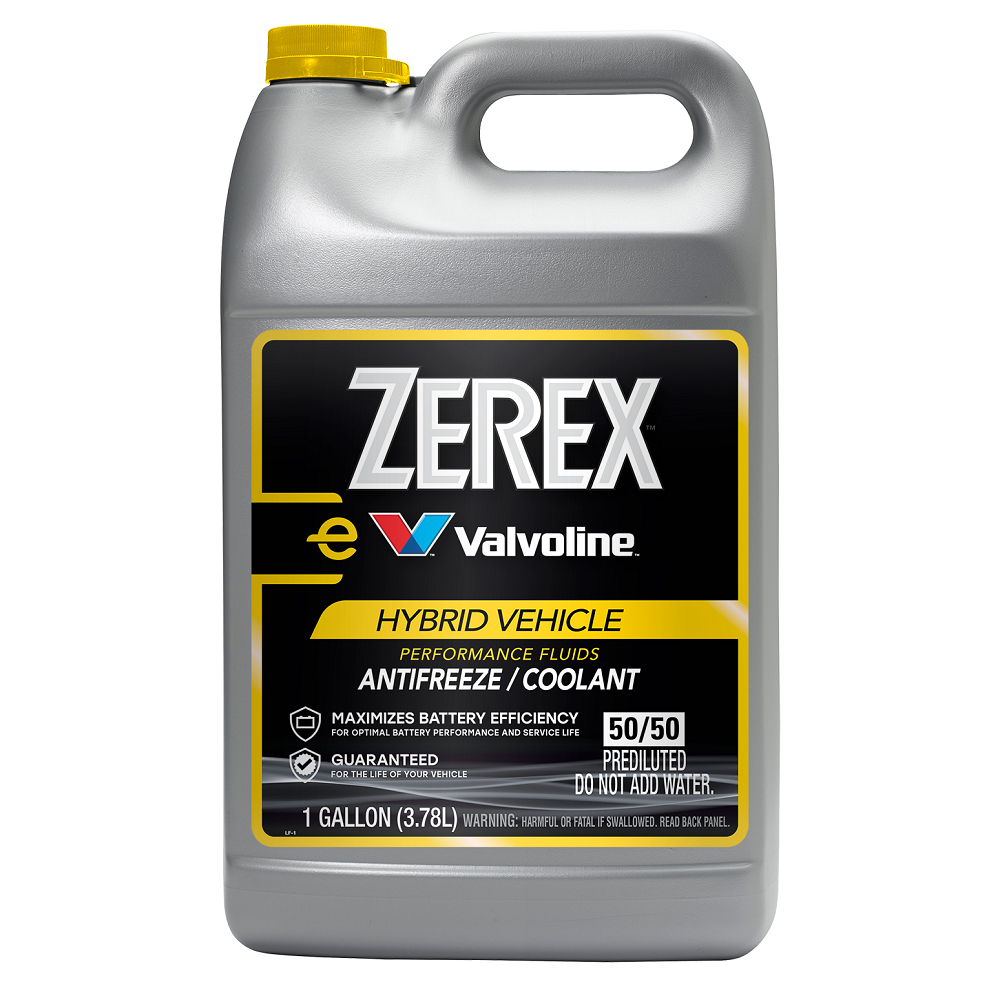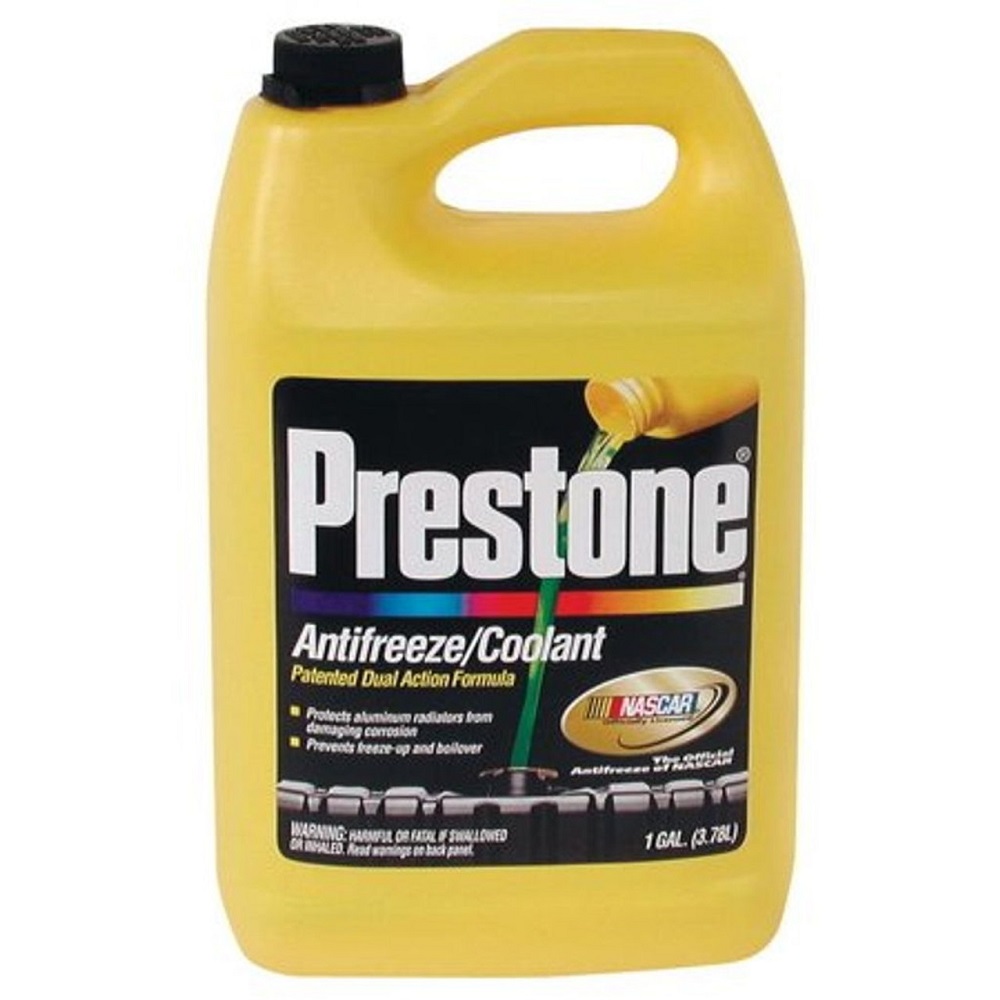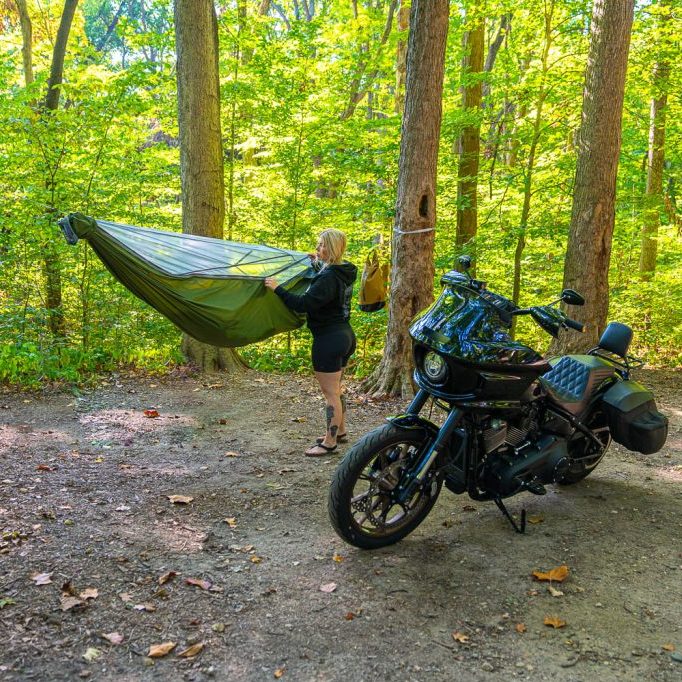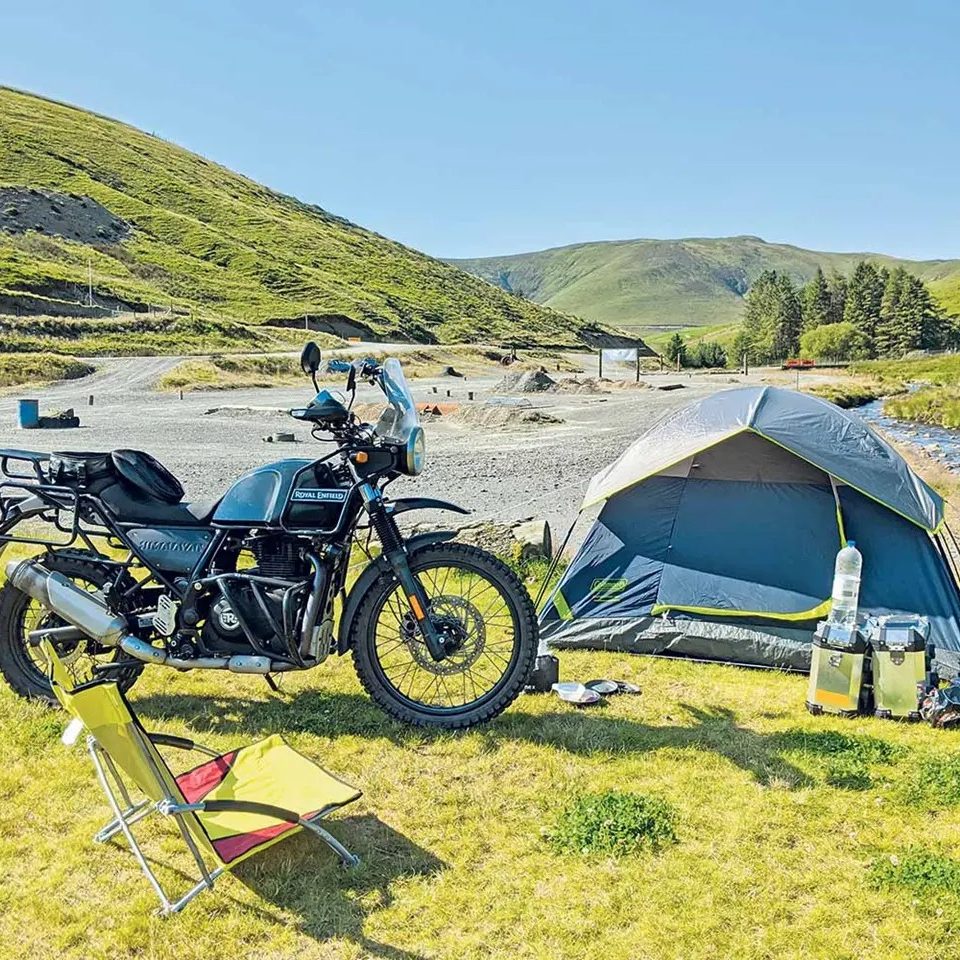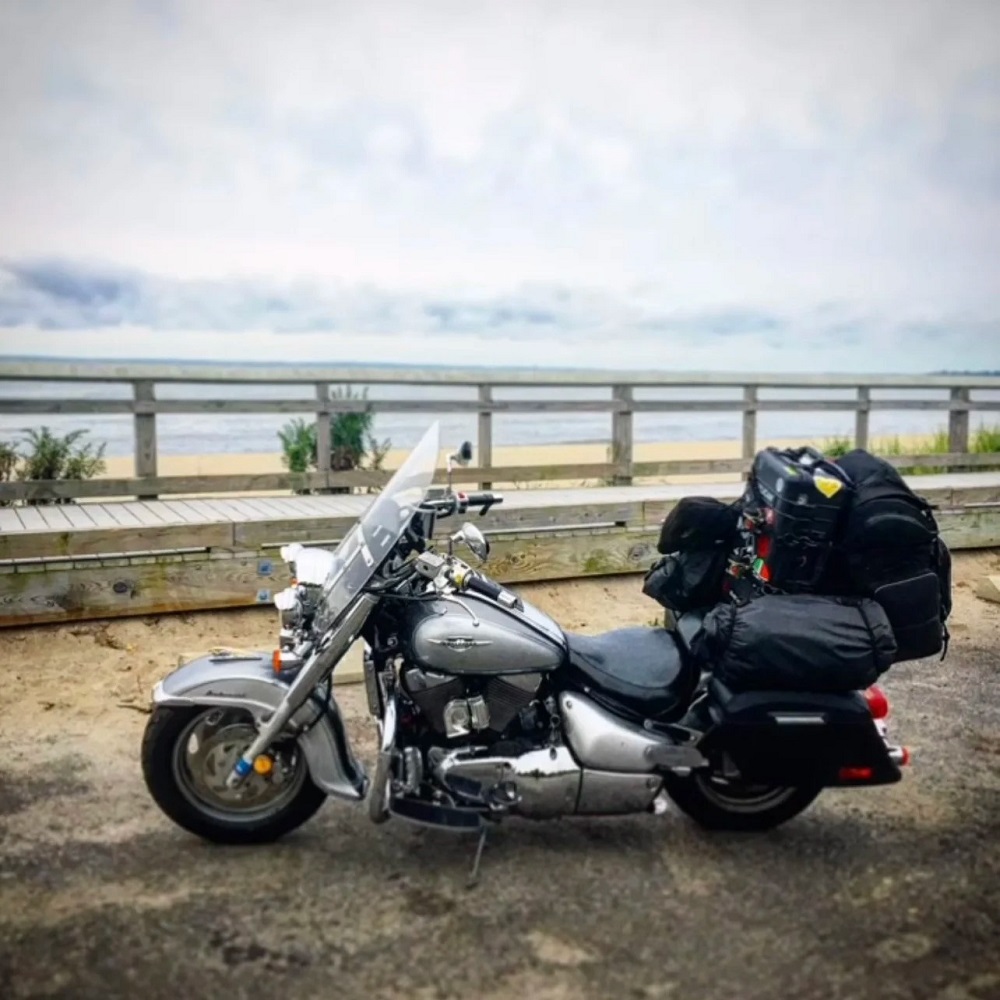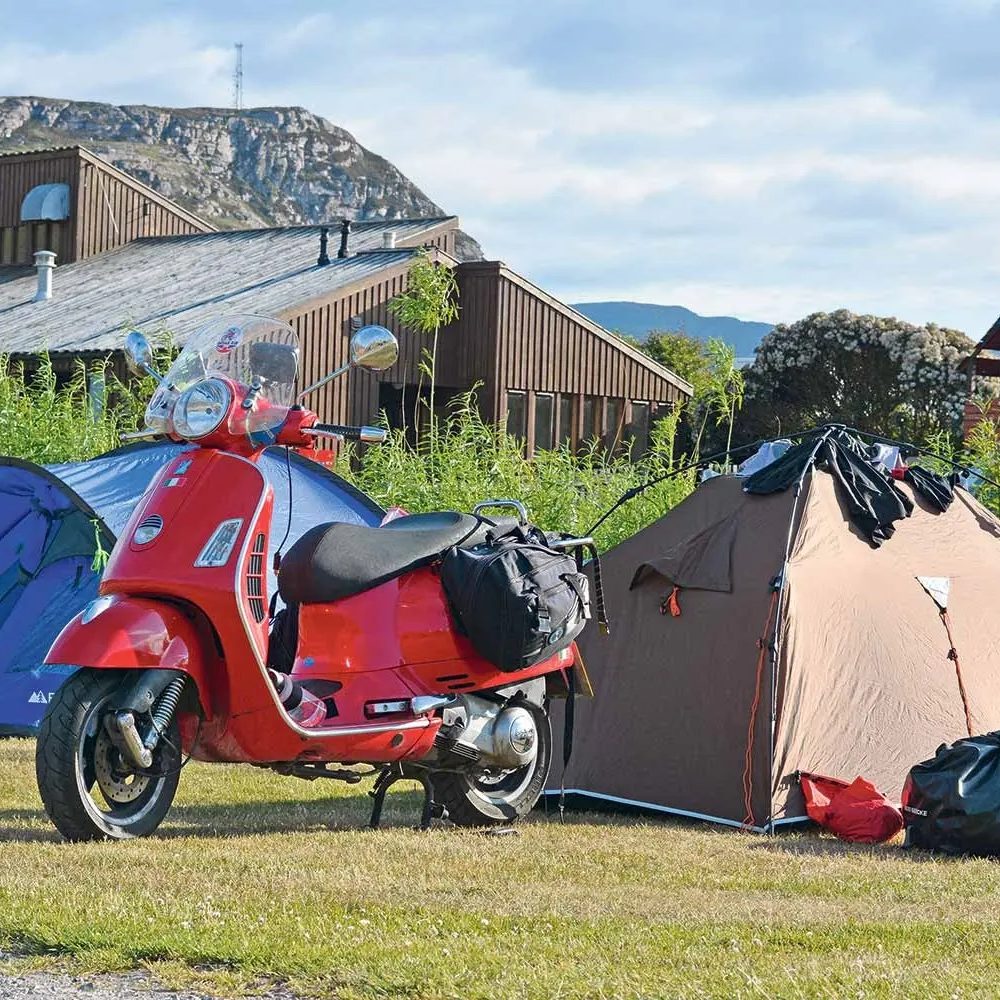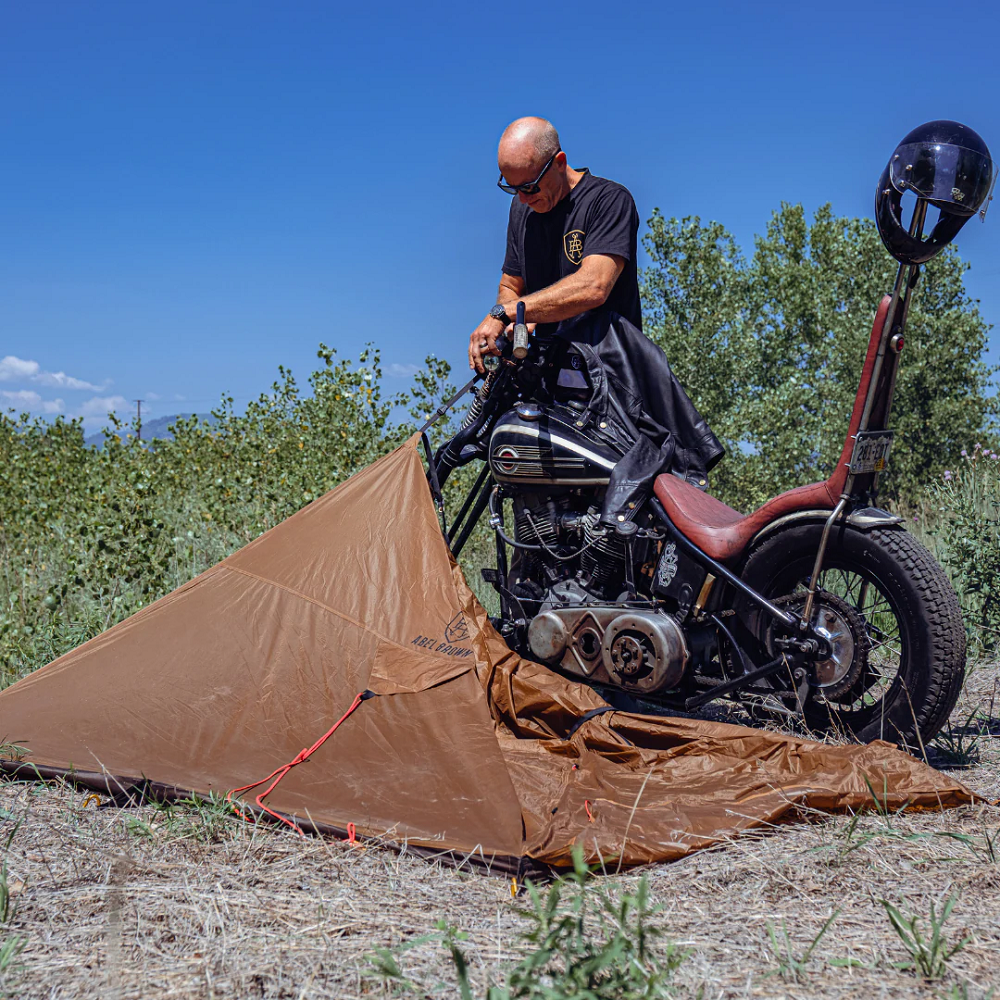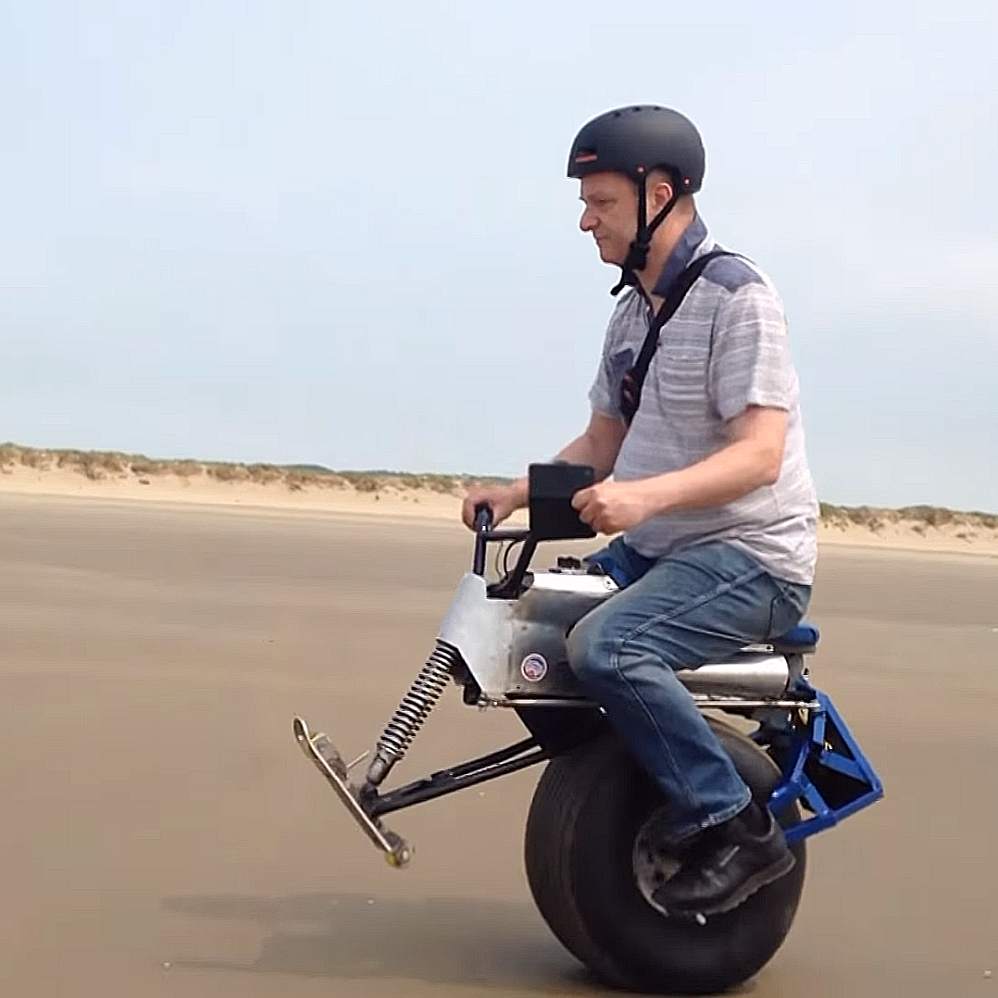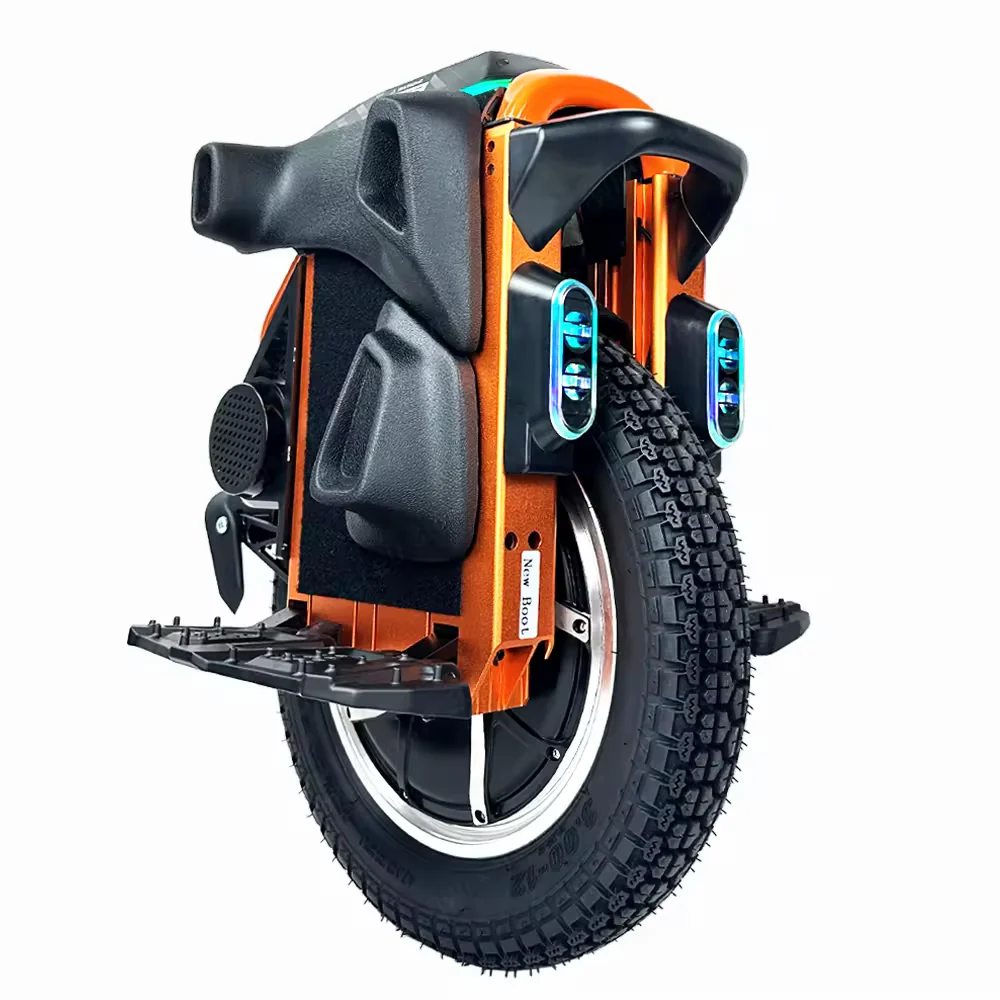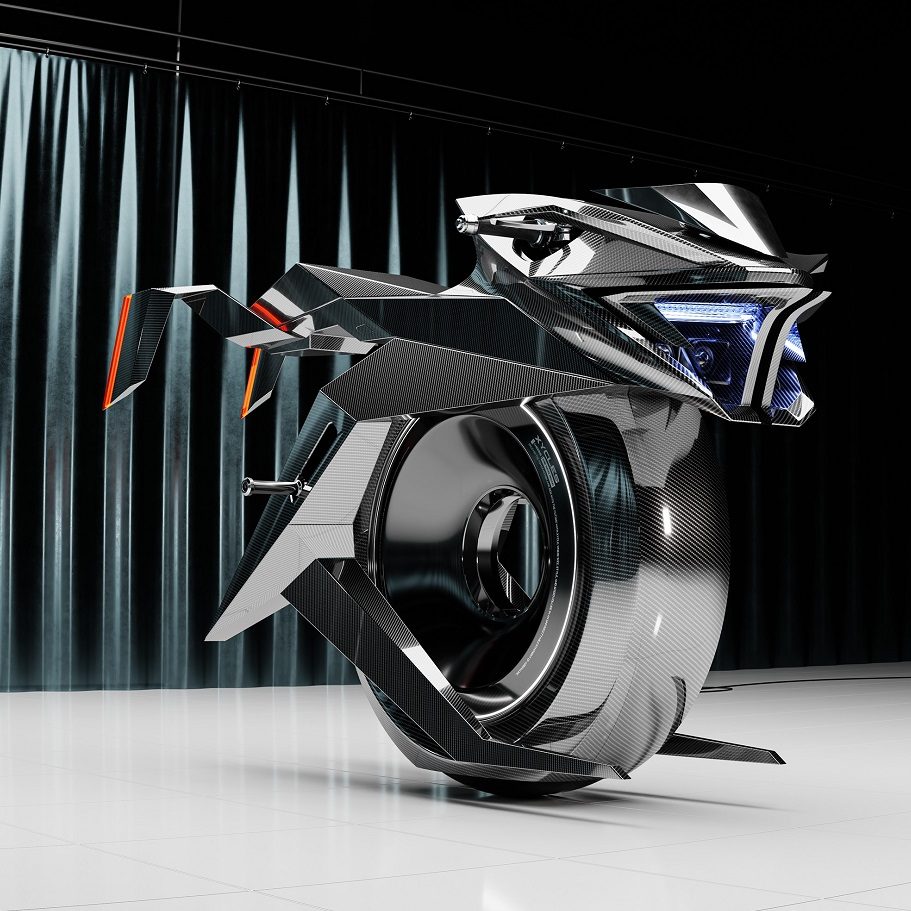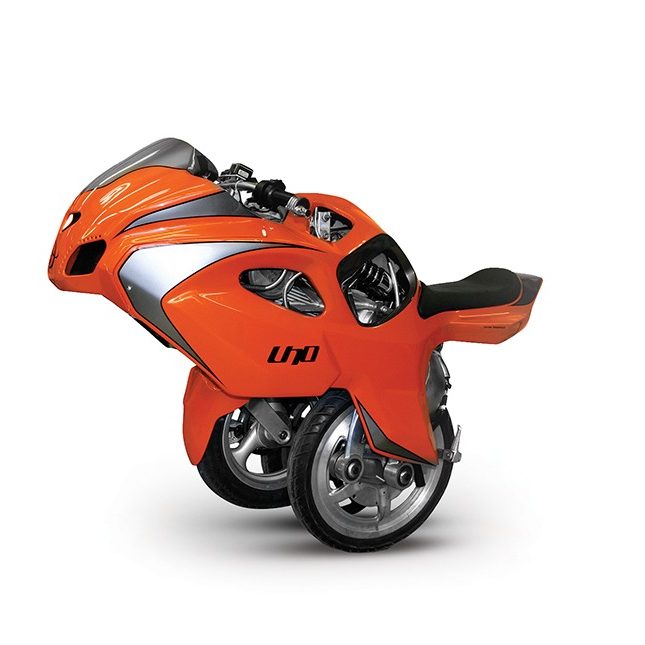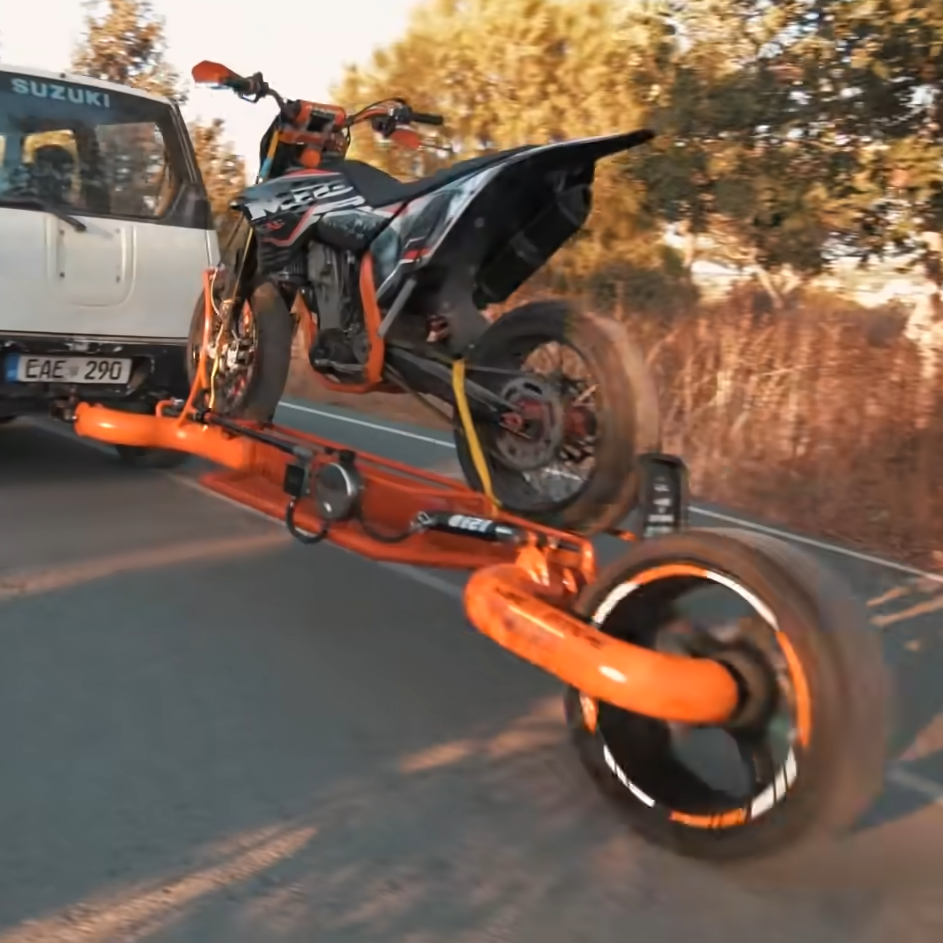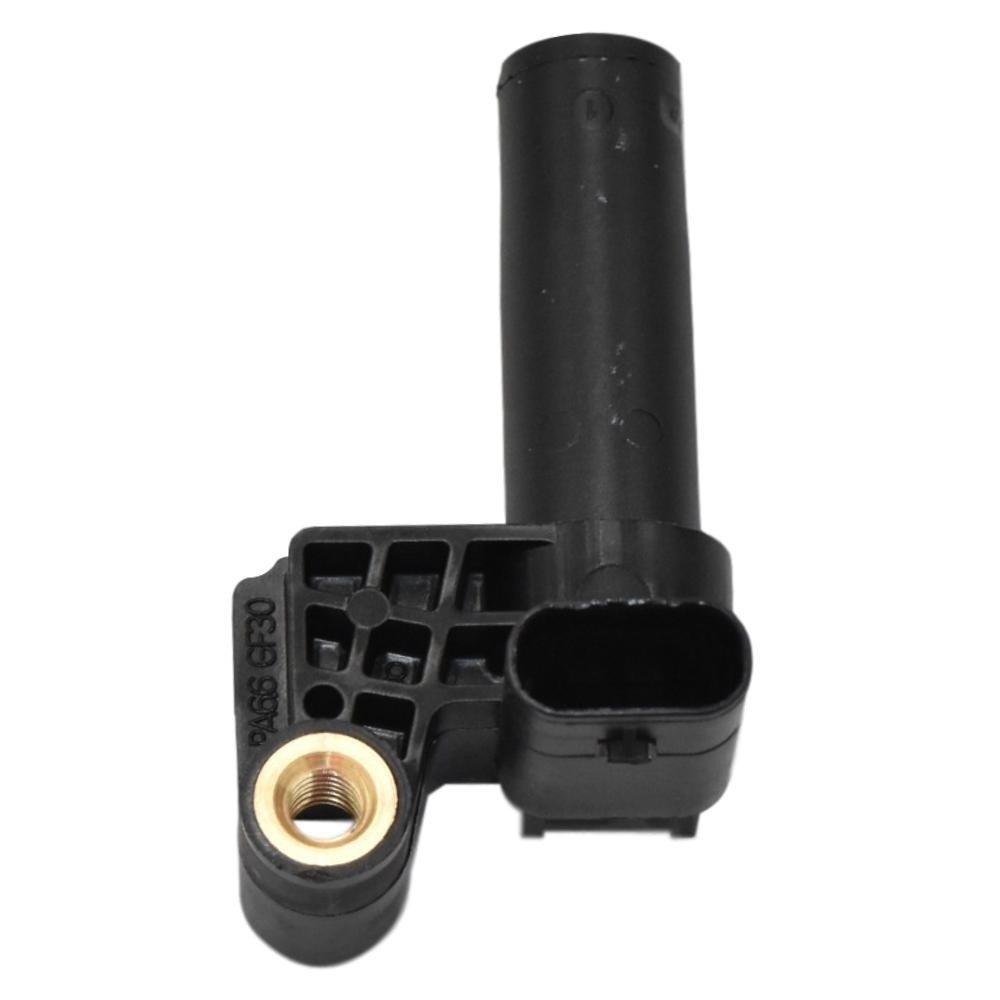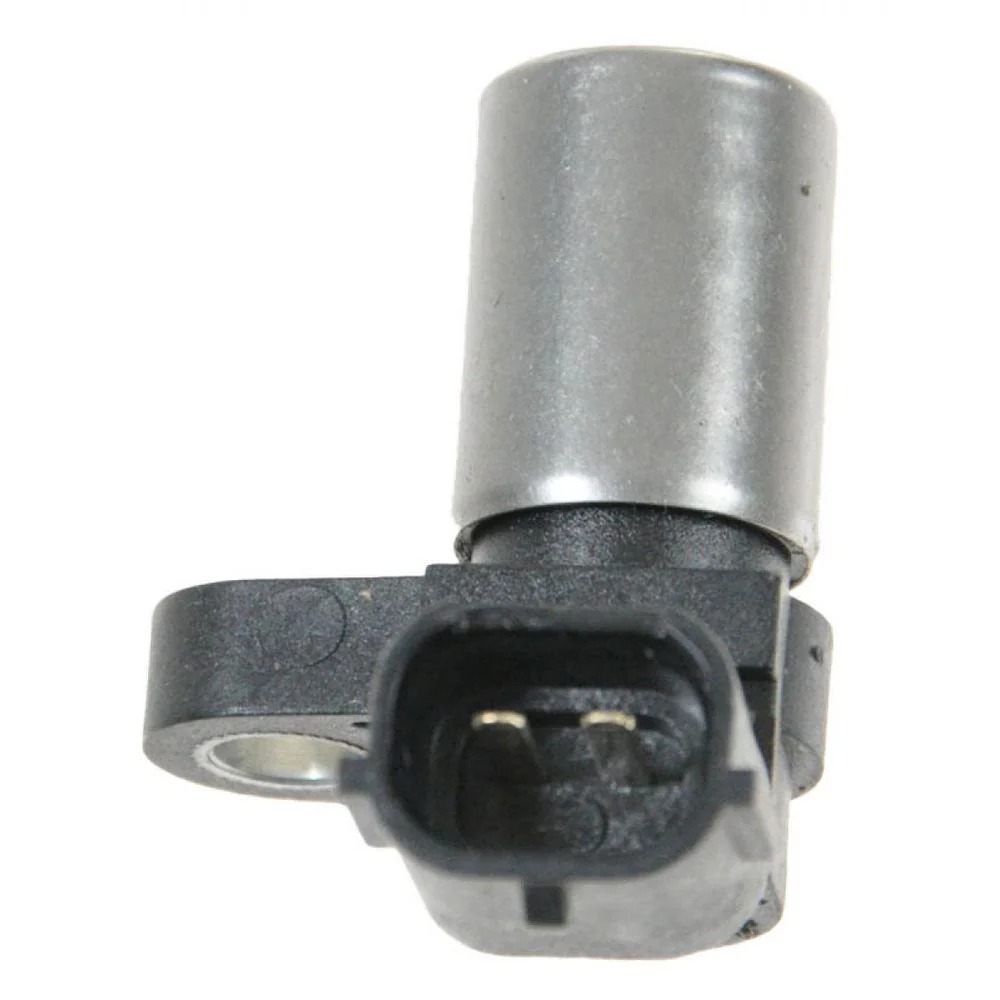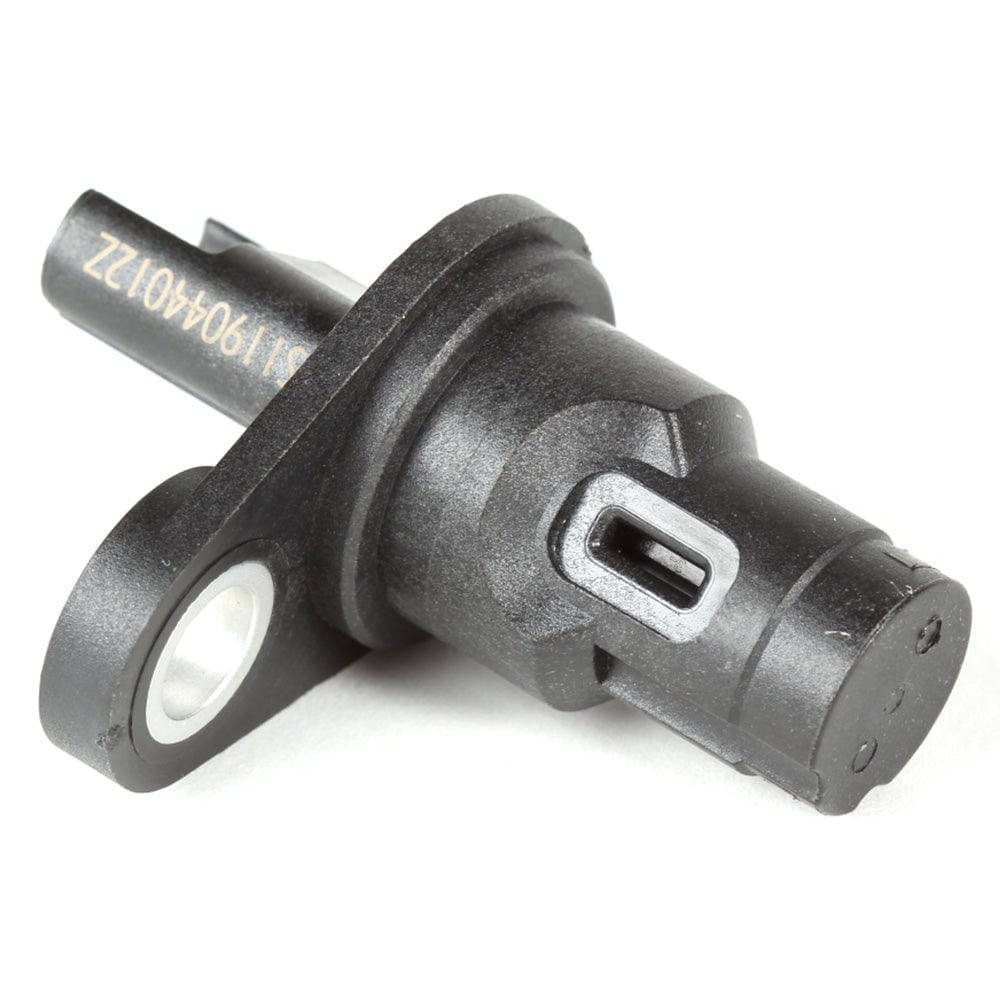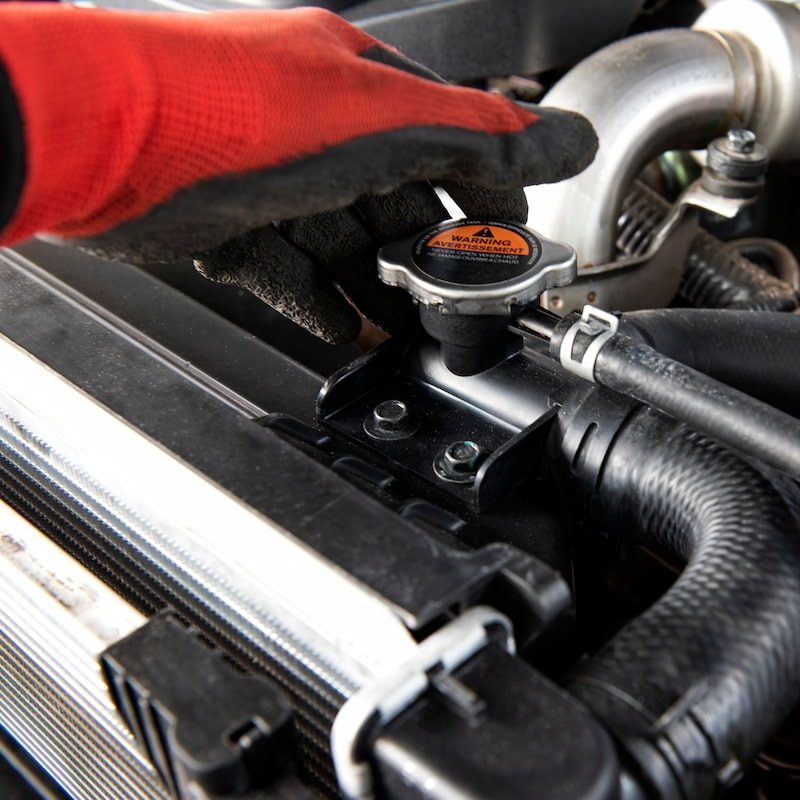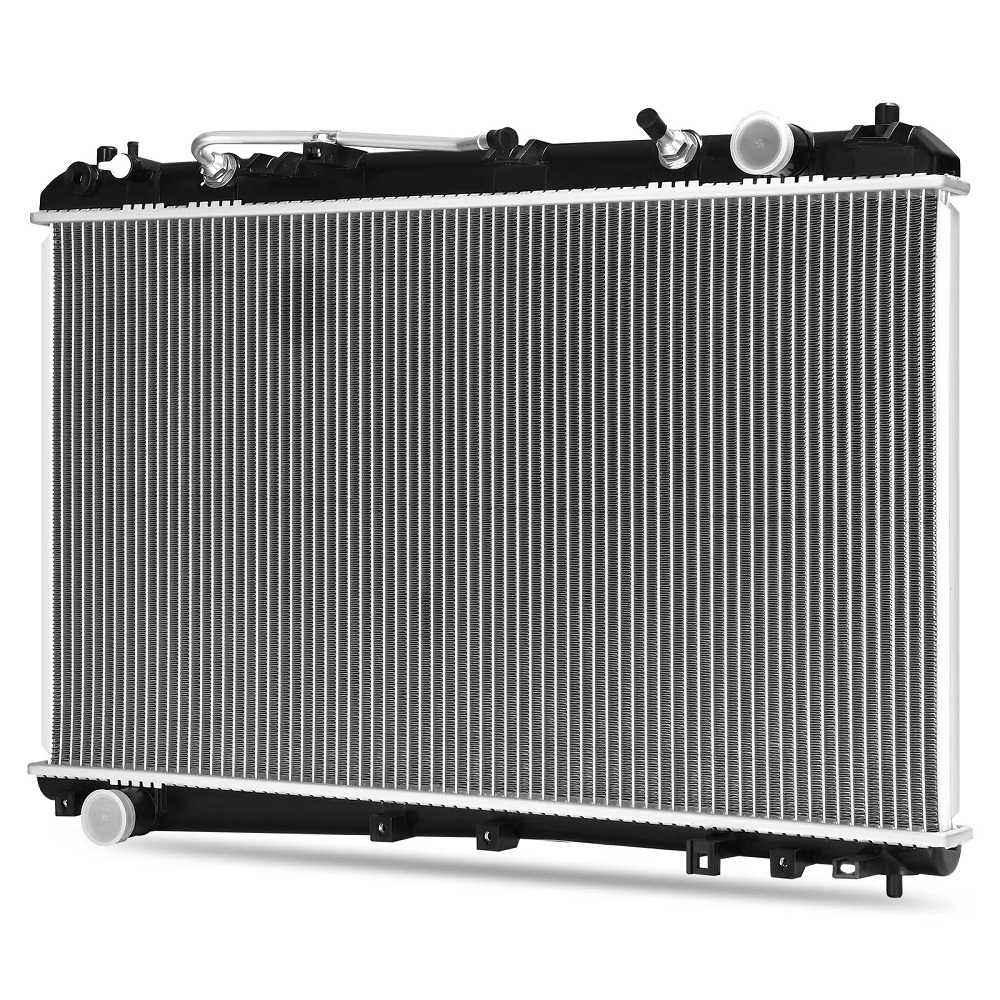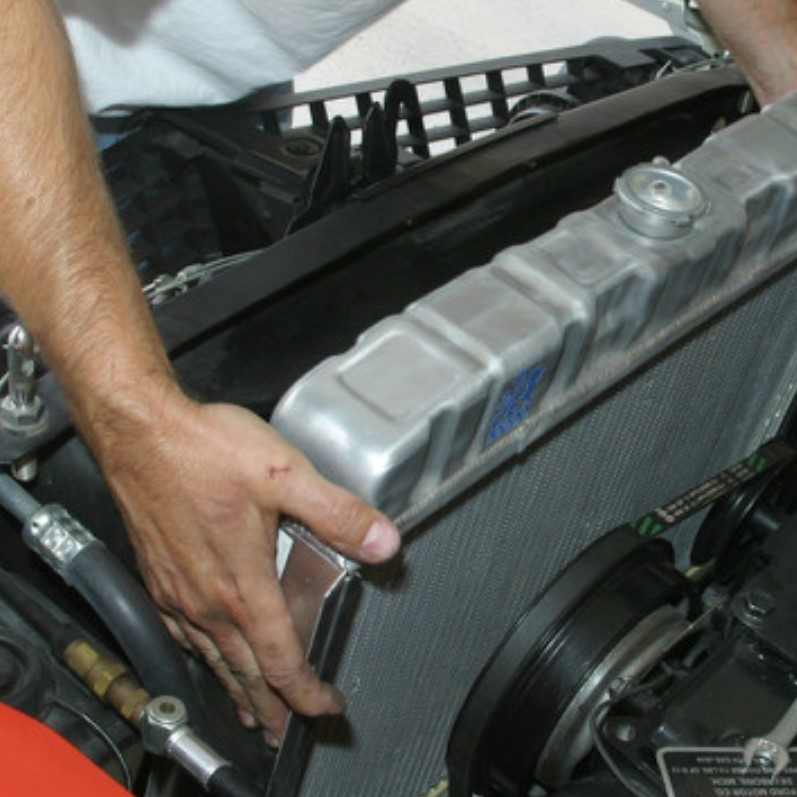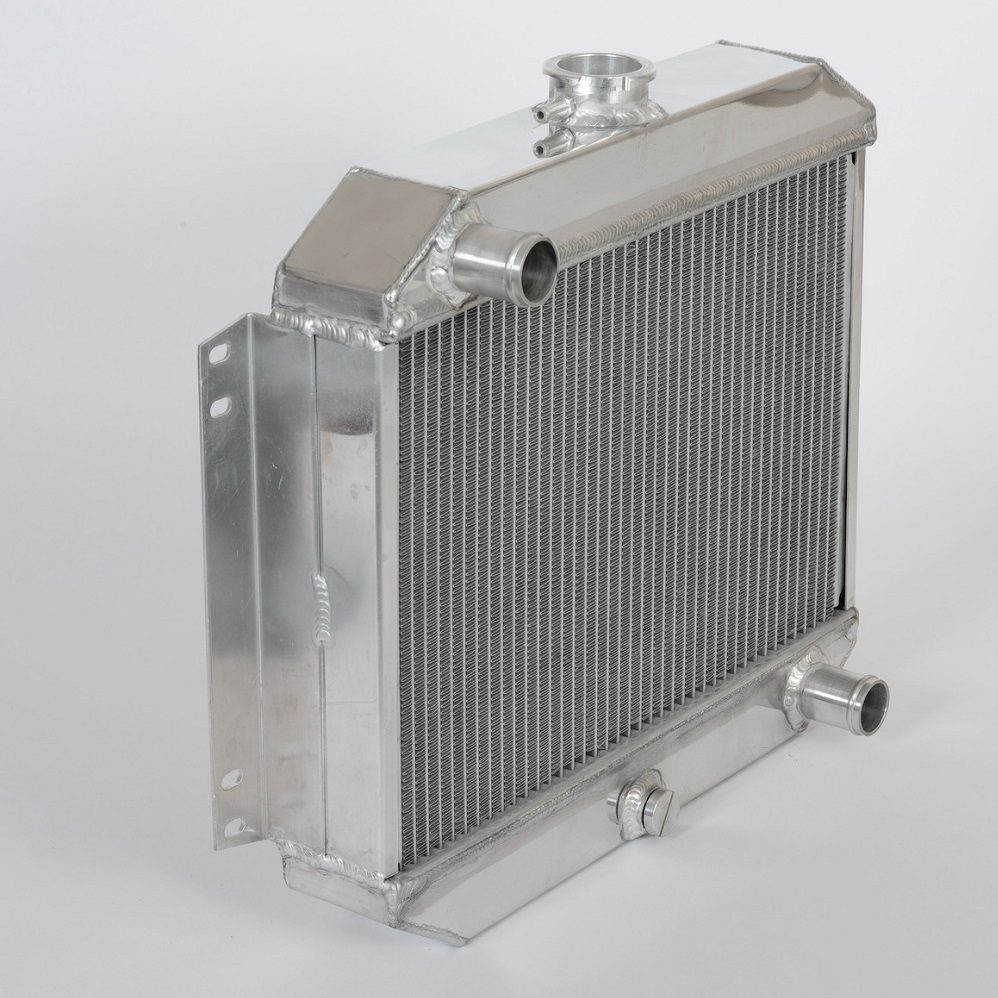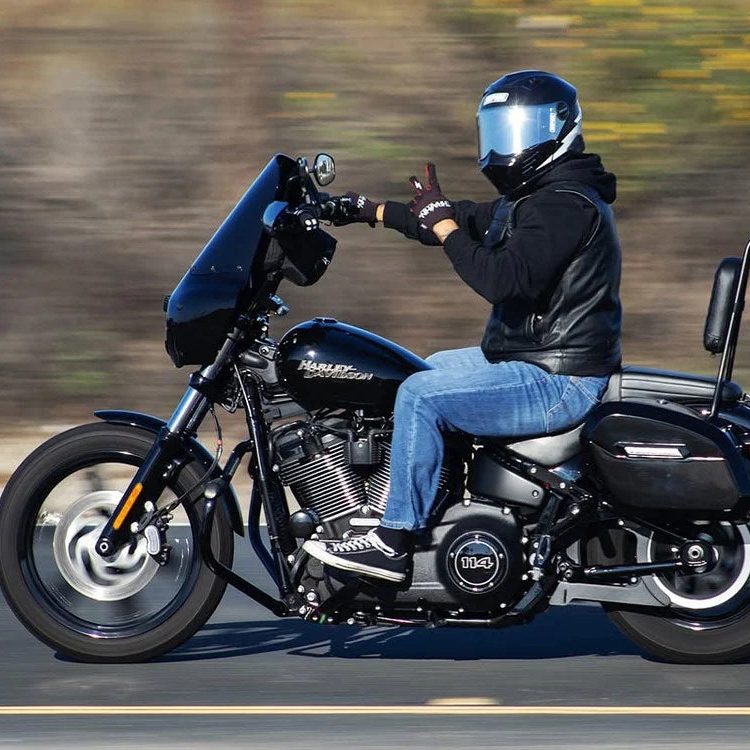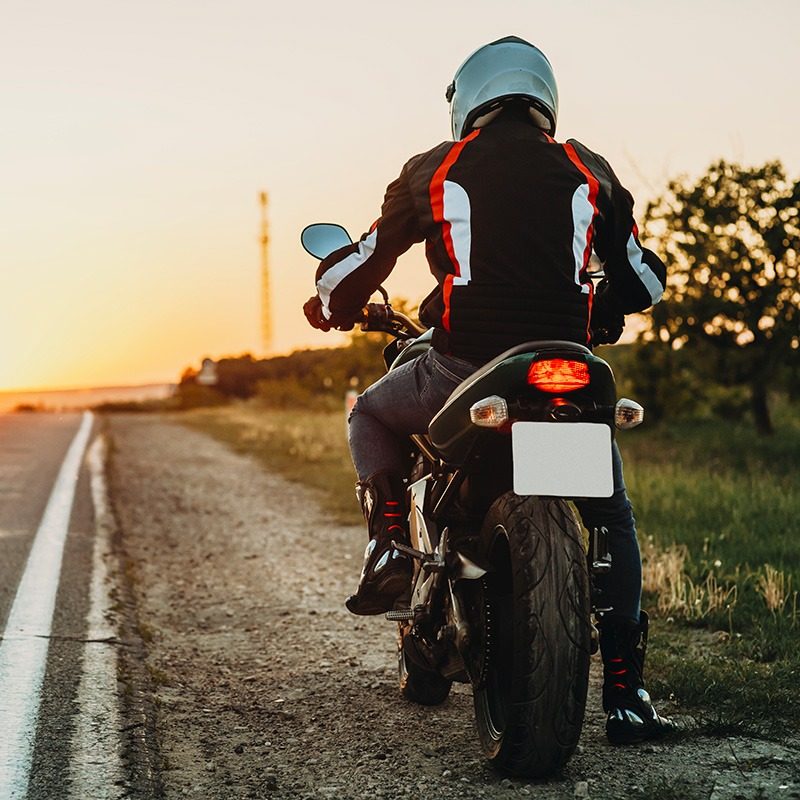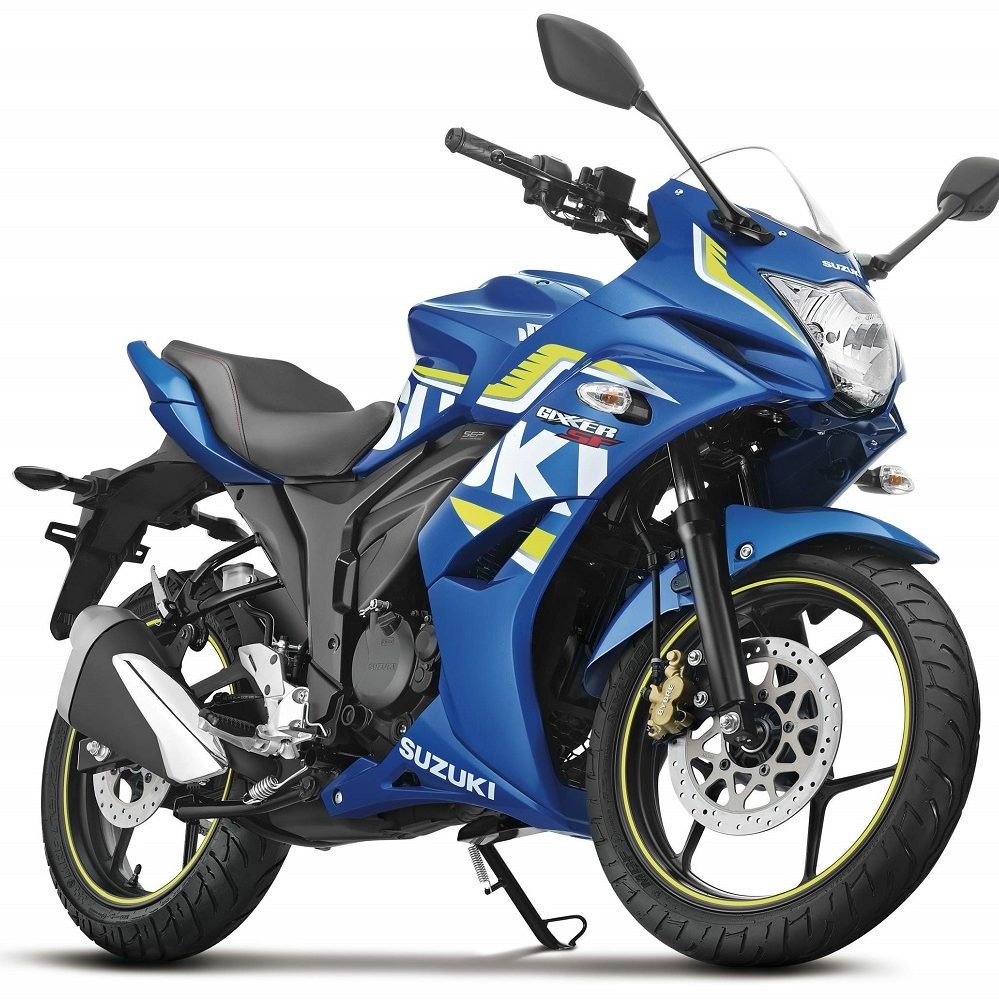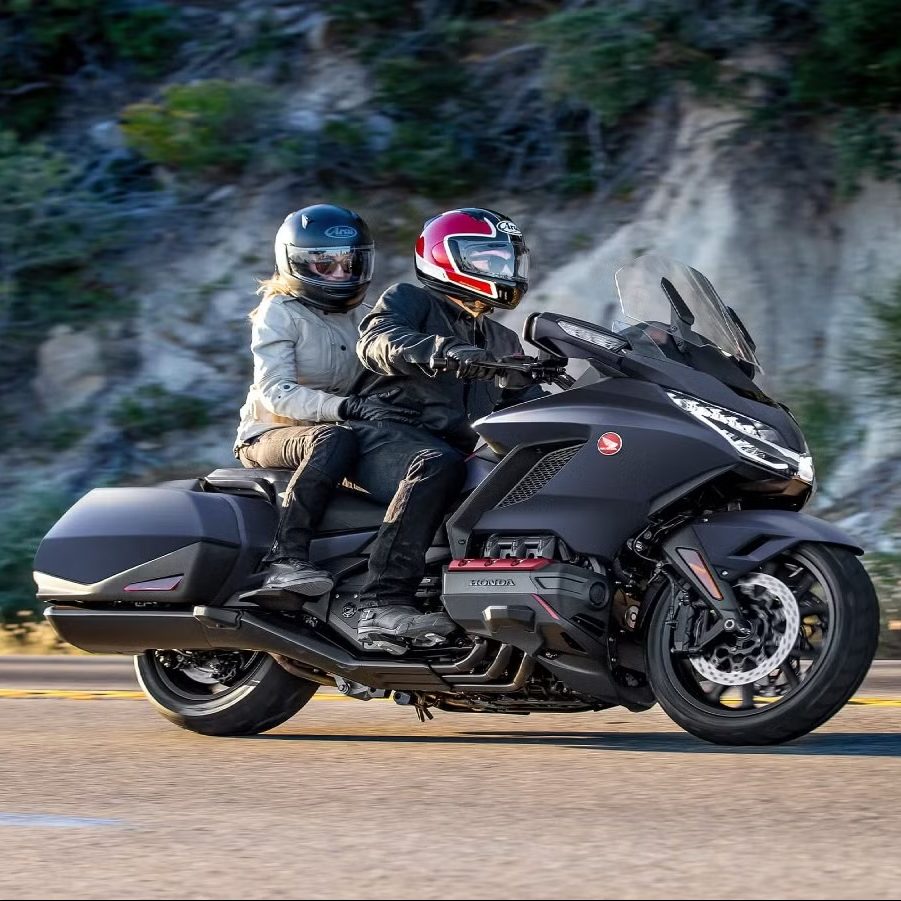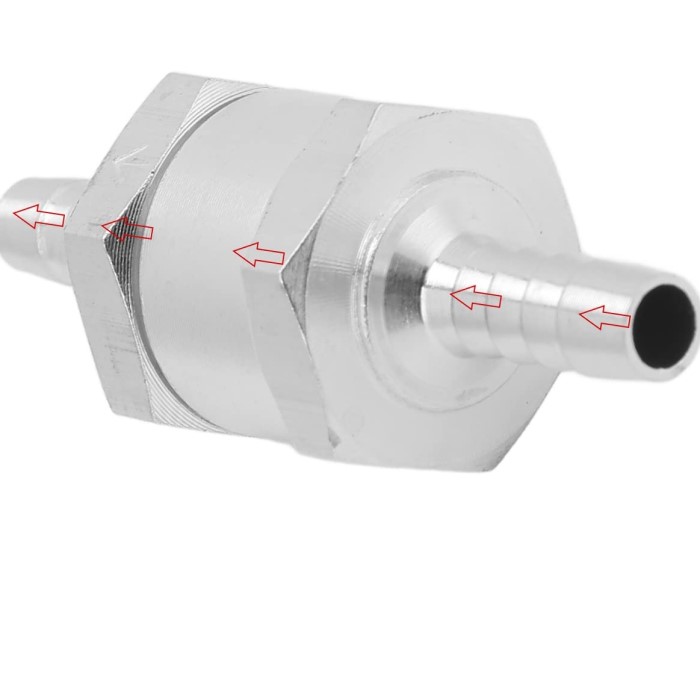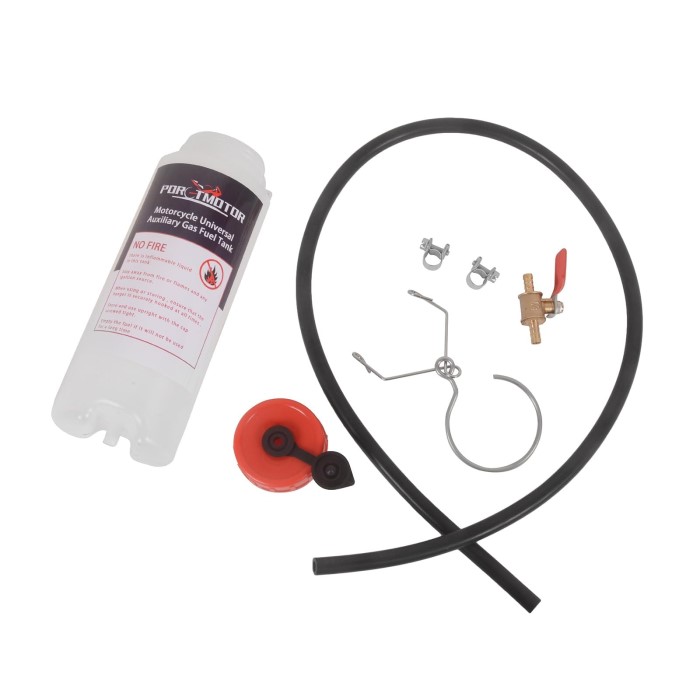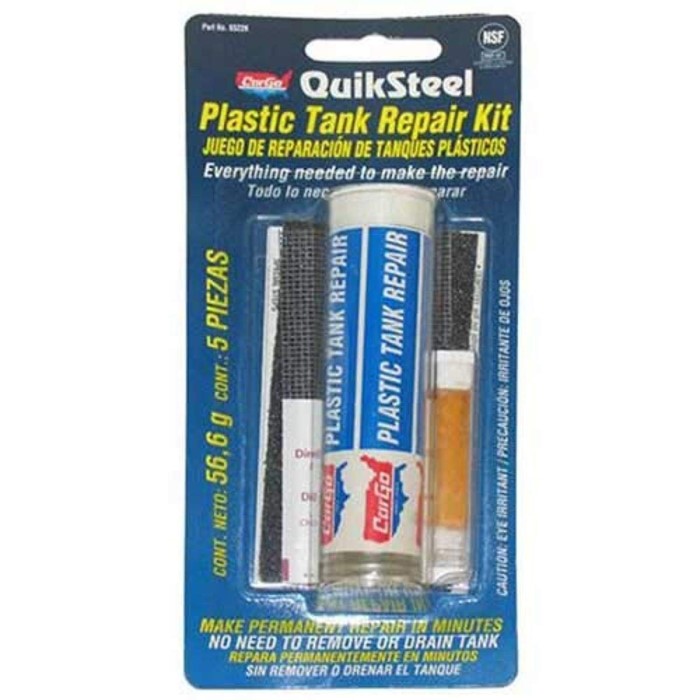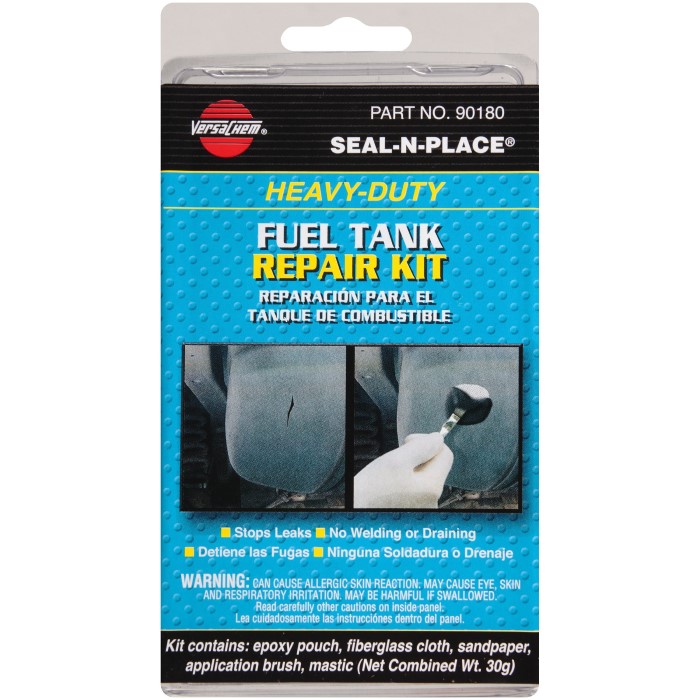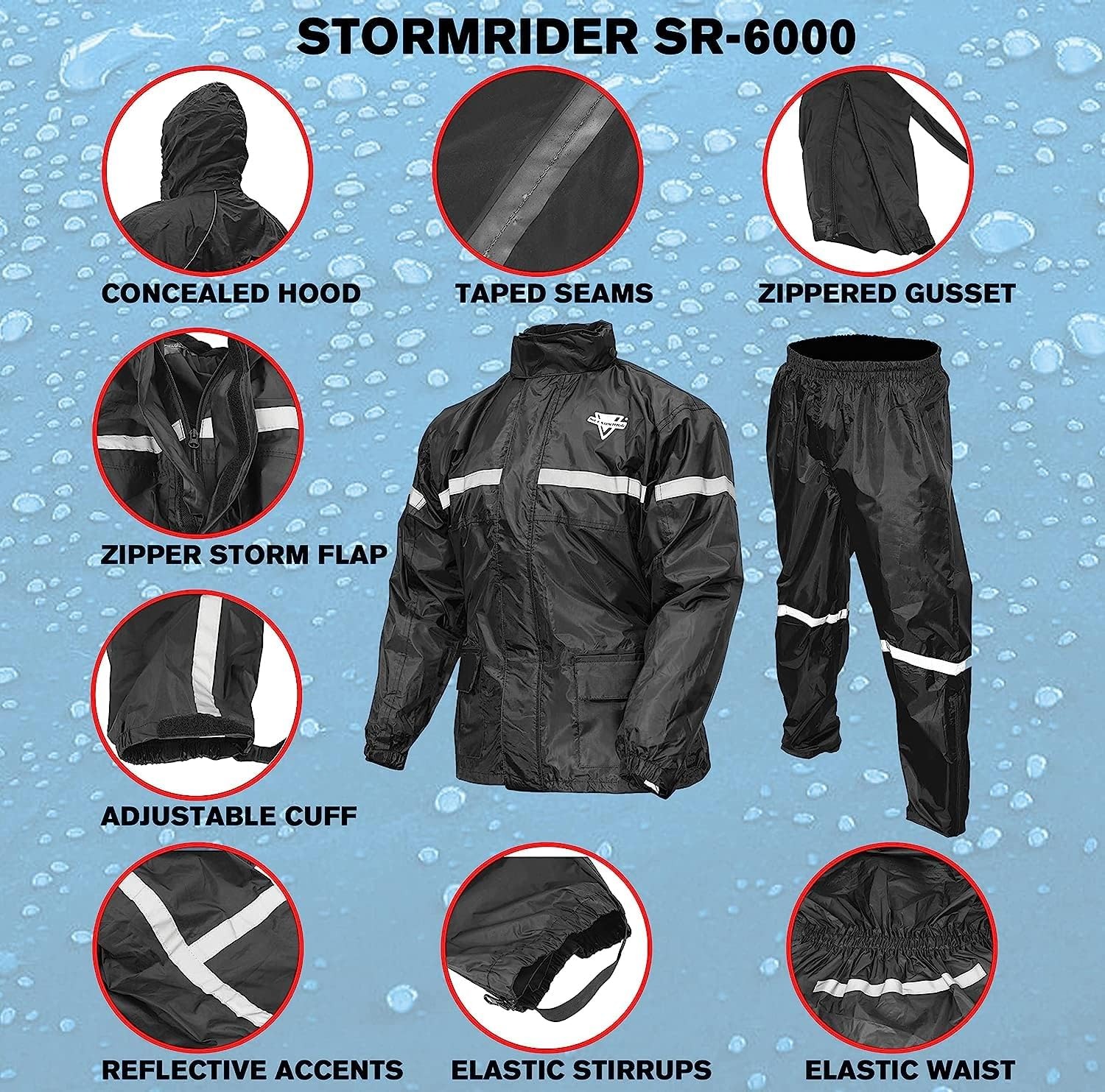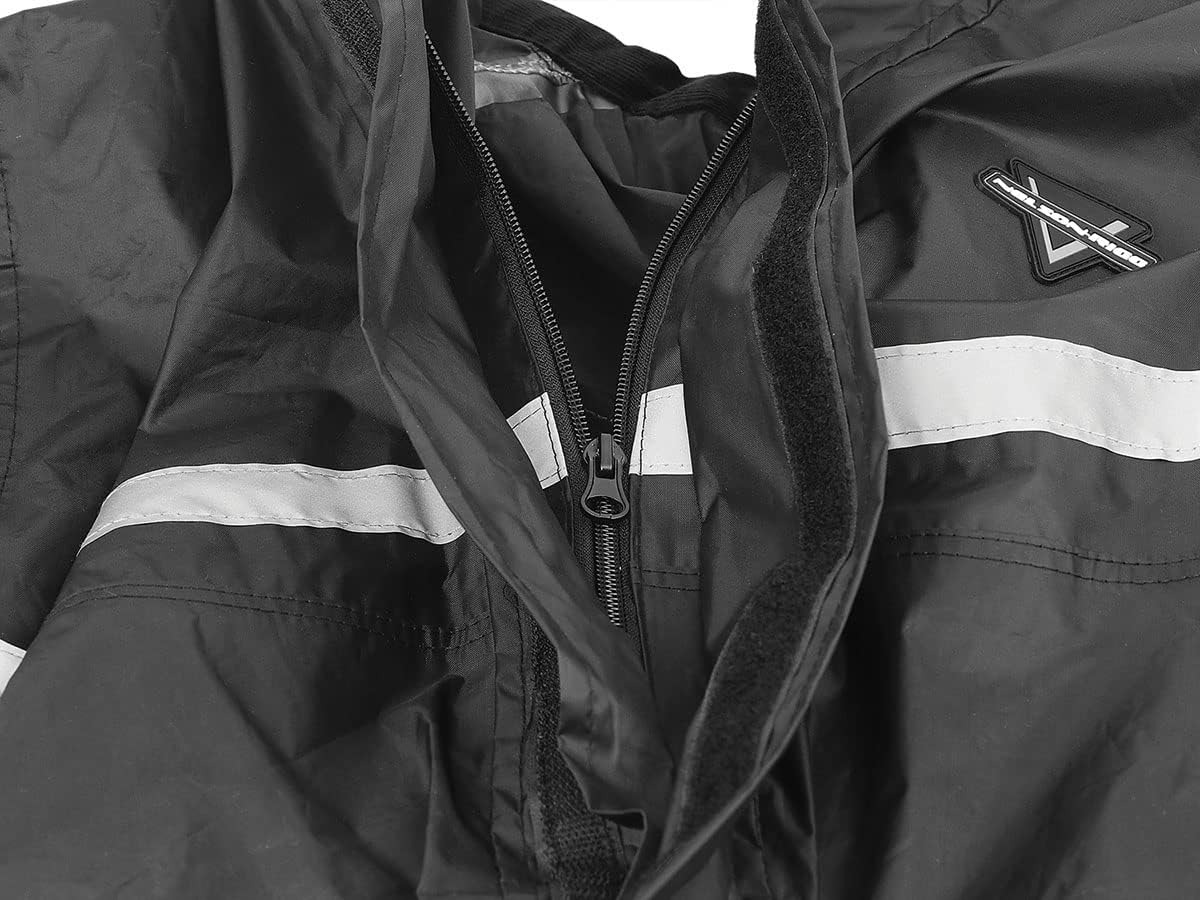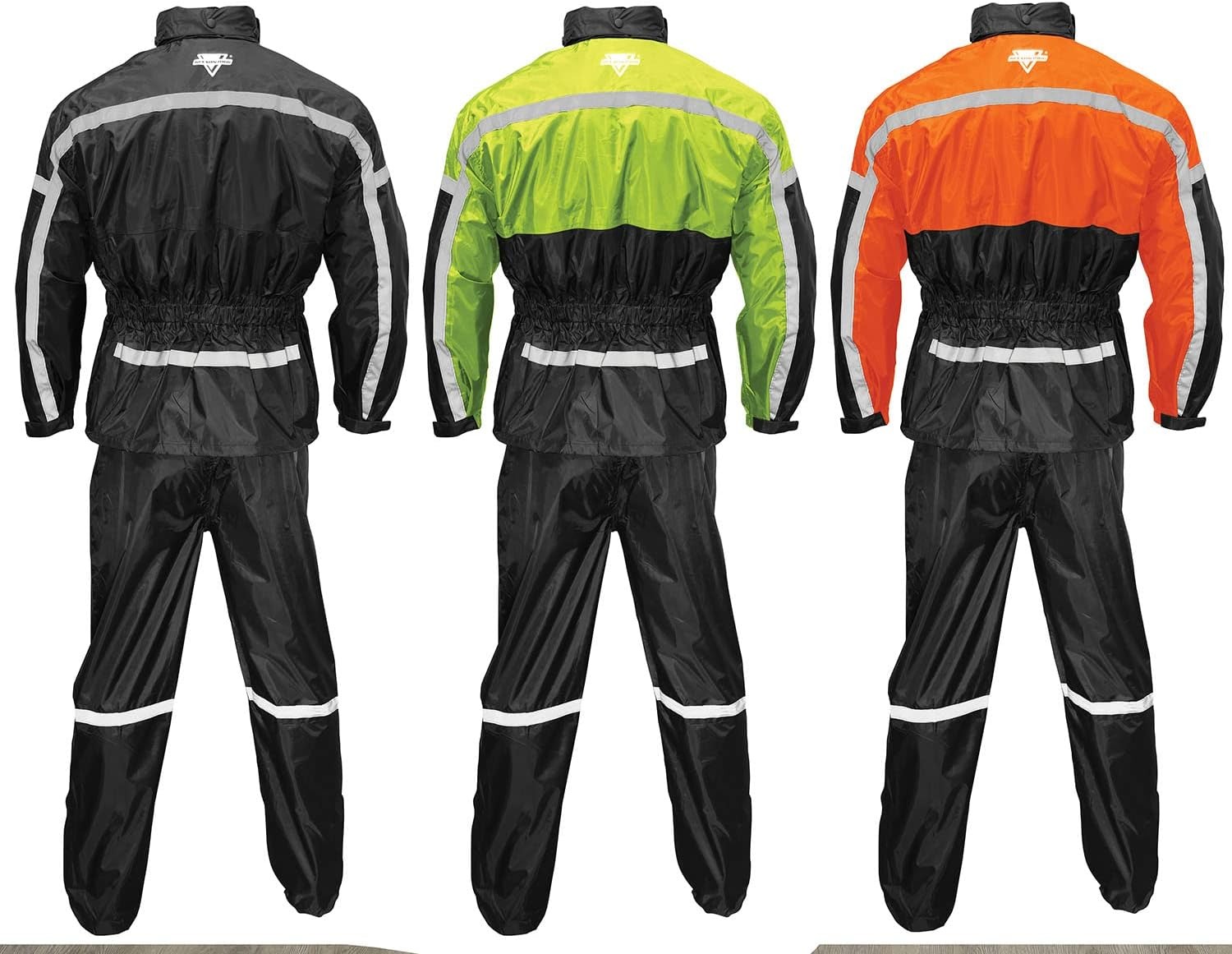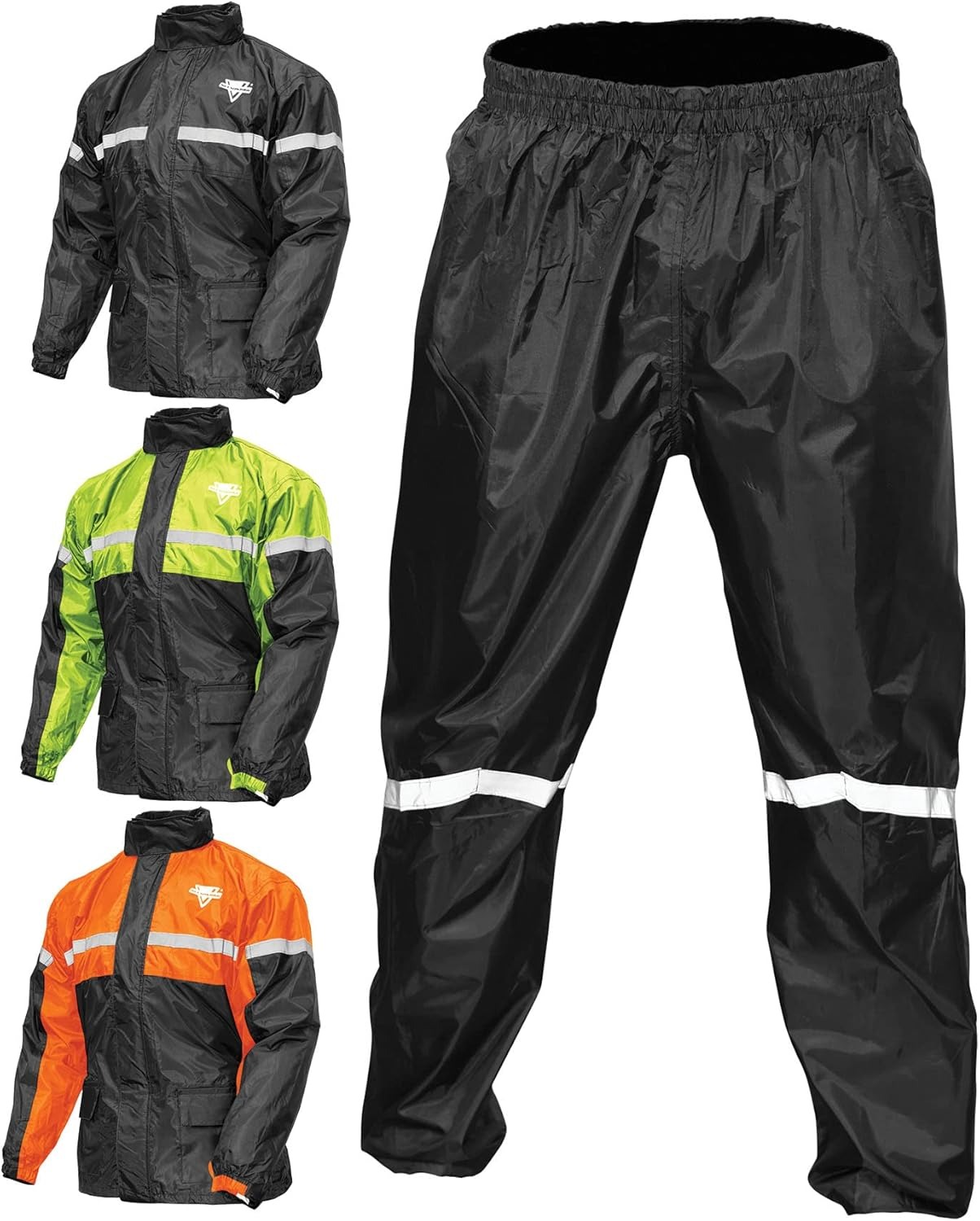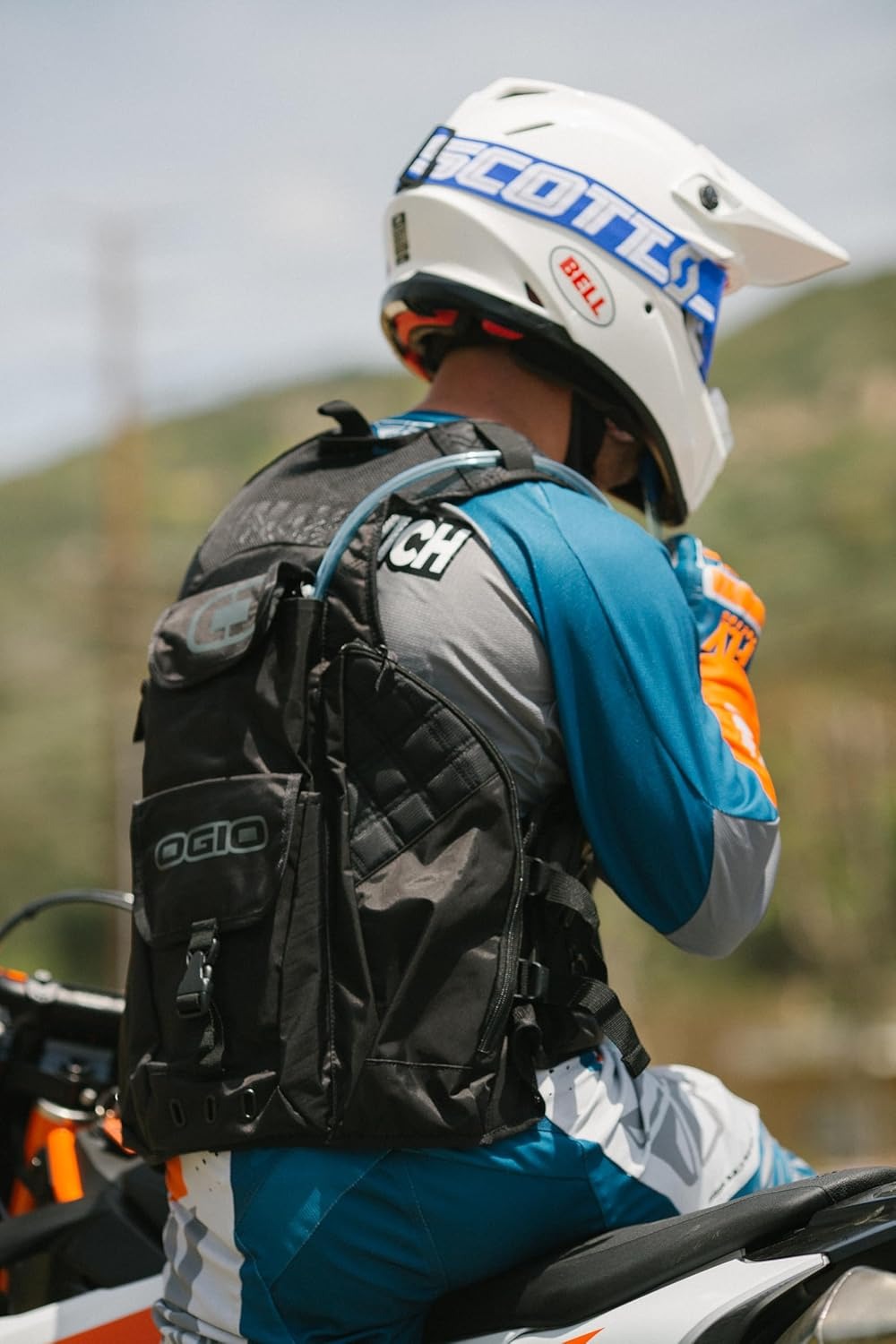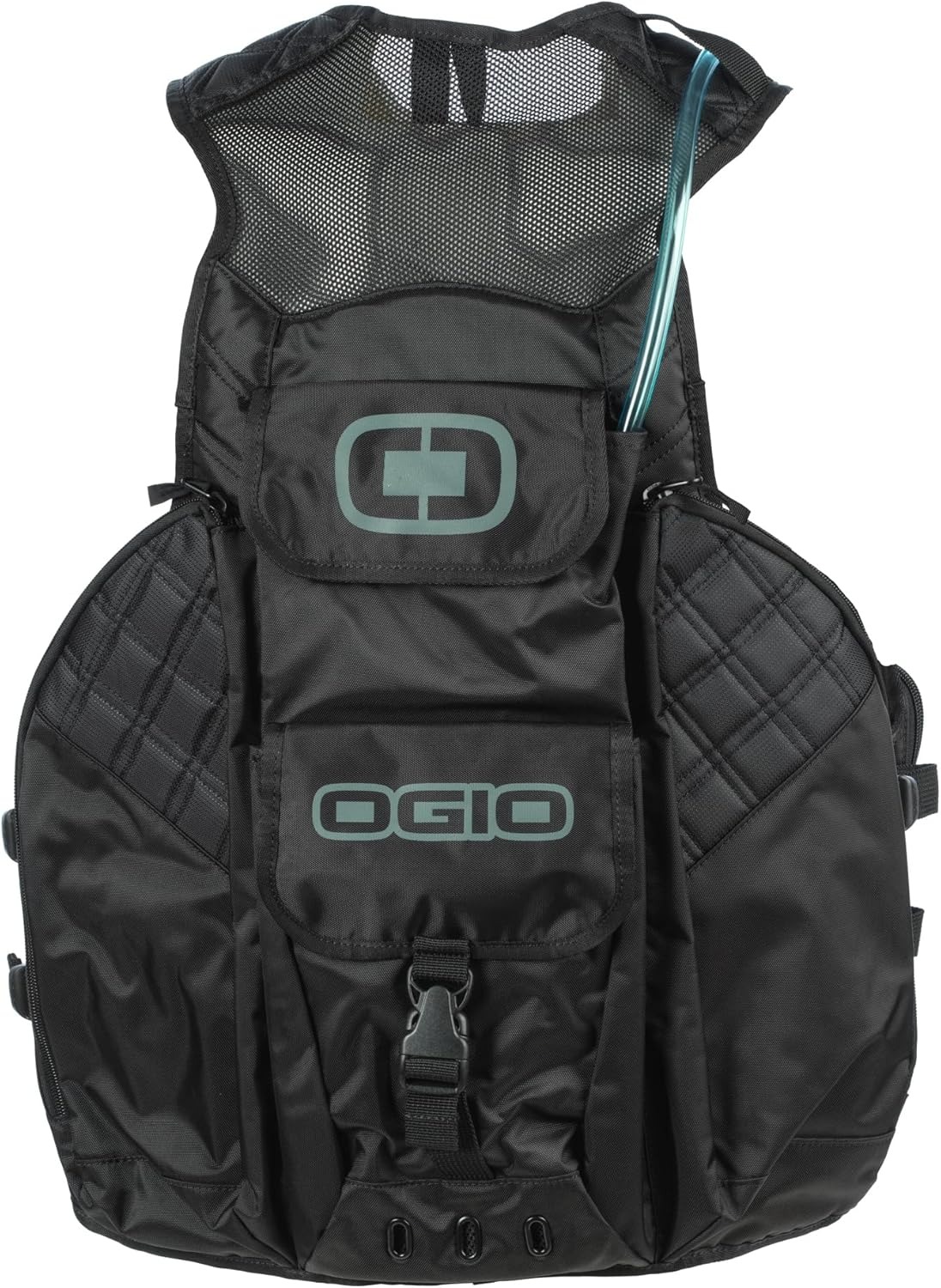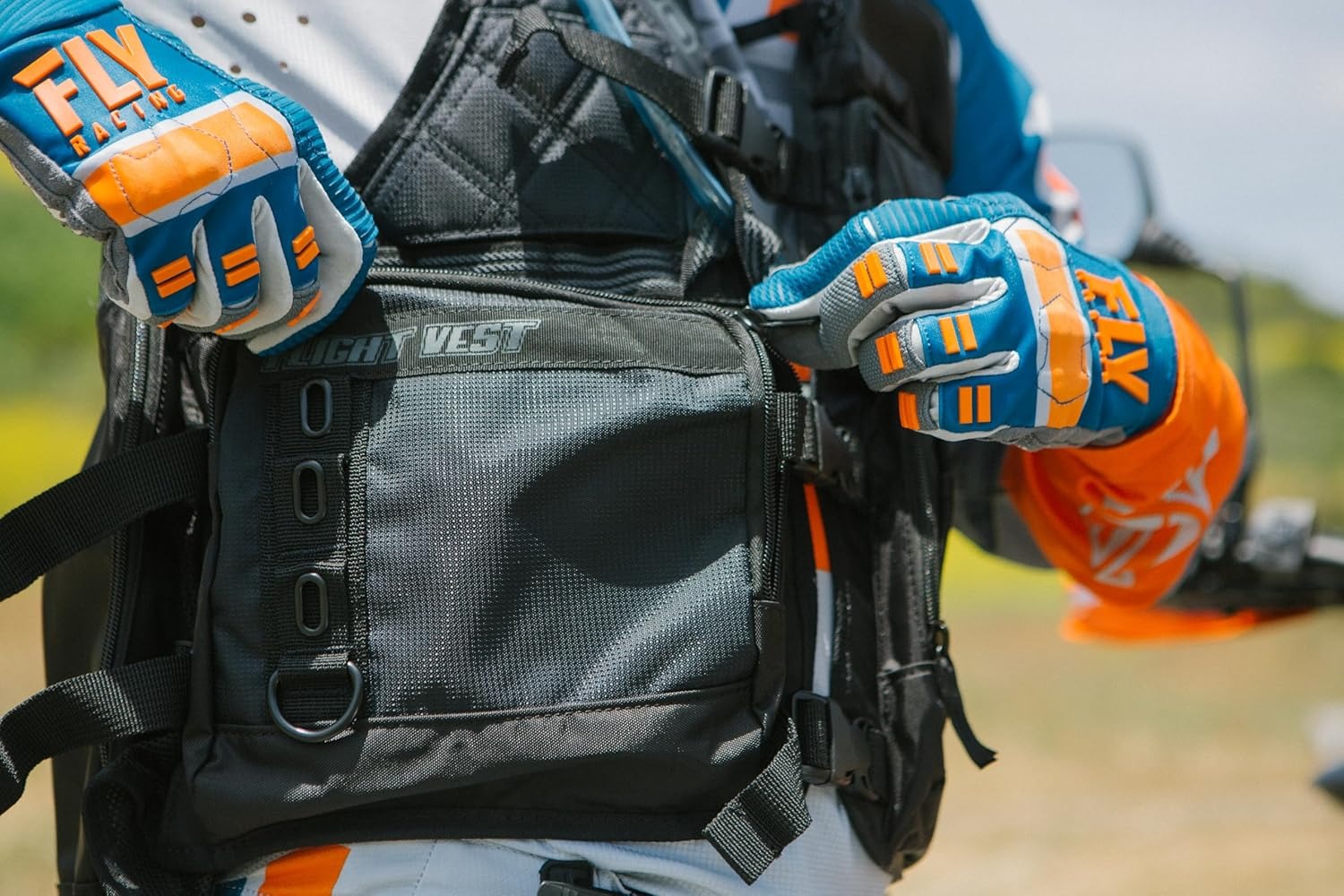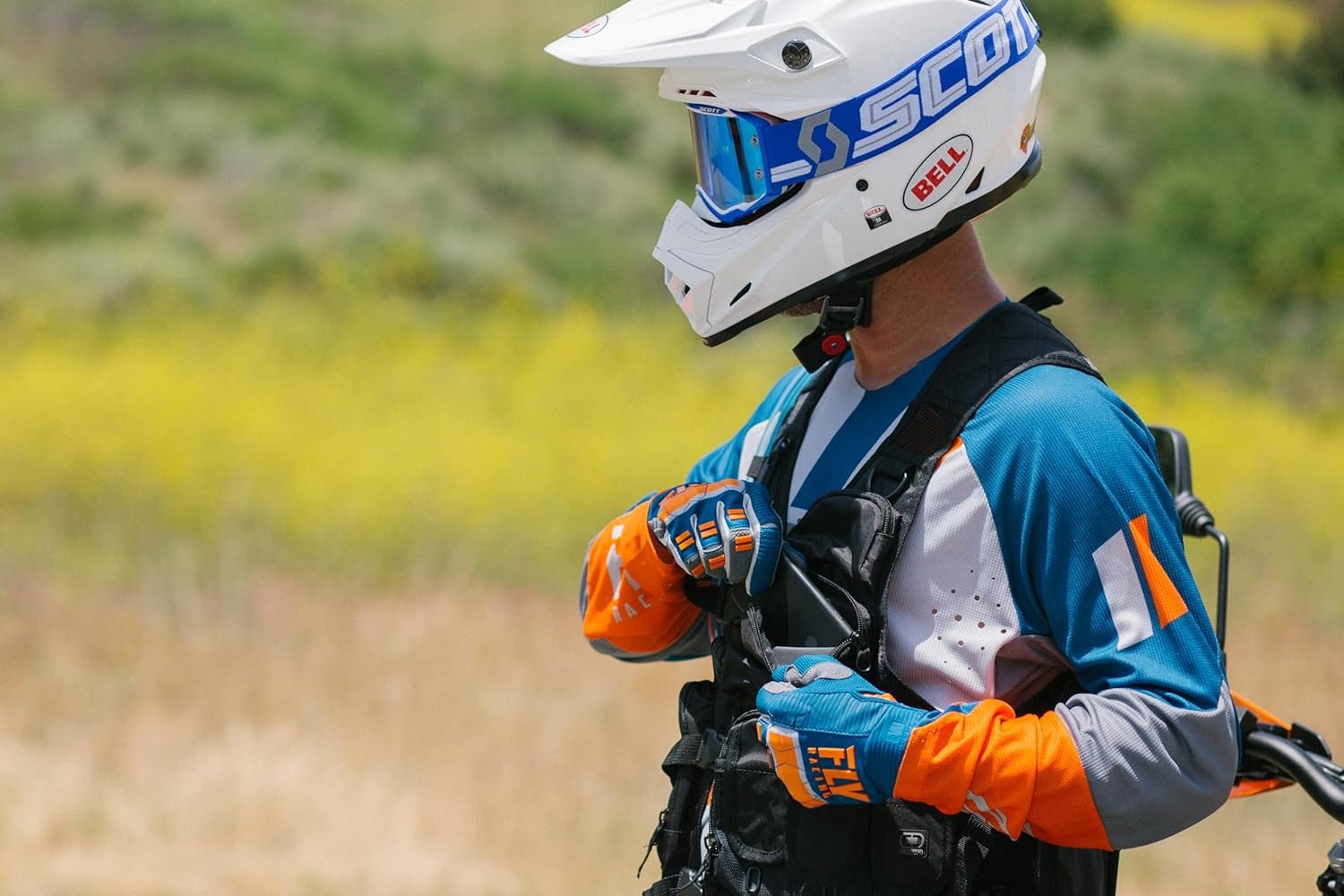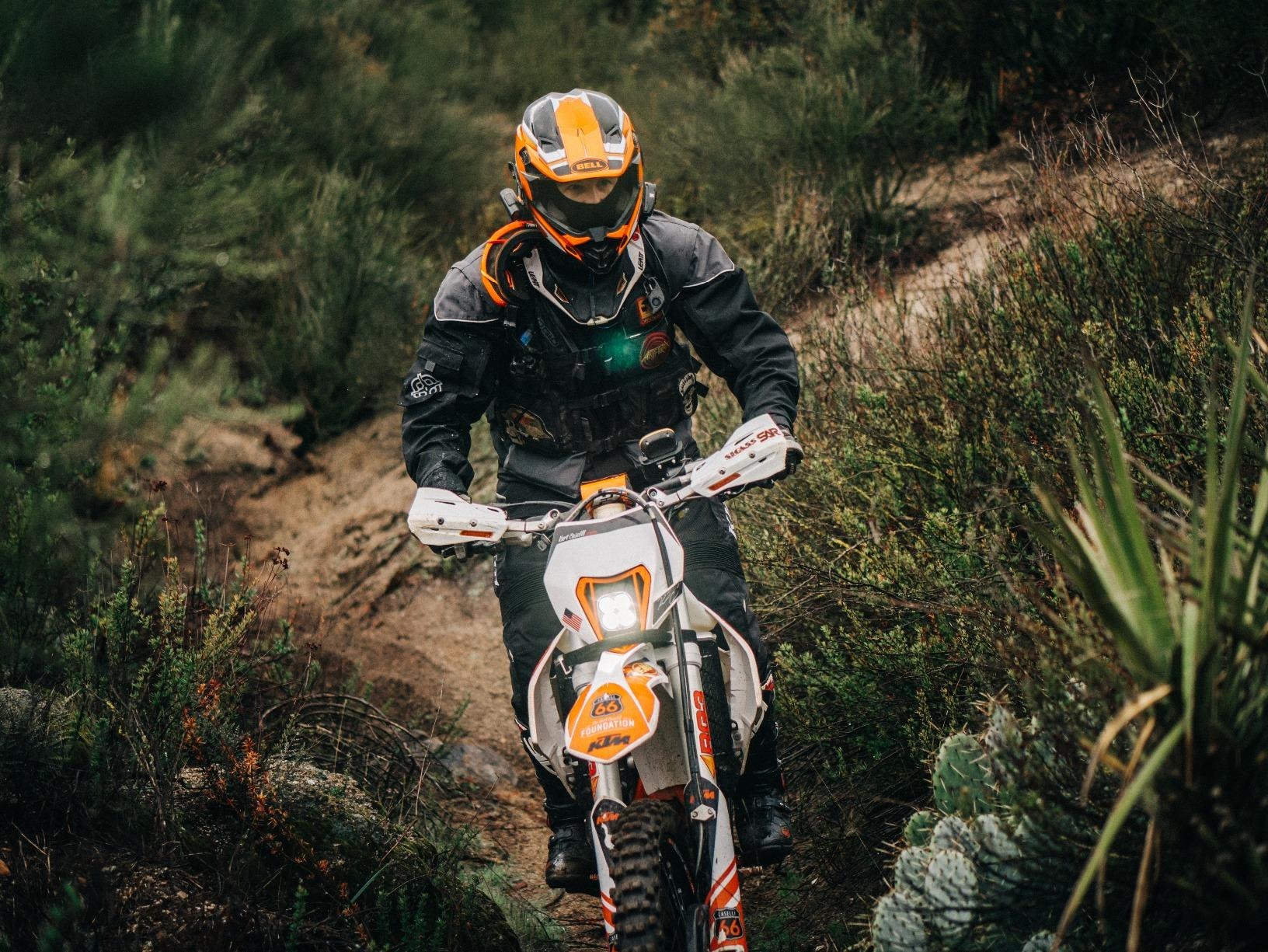Dec 10, 2025
Hooptie Car: How to Love and Maintain Your Quirky Vehicle
Introduction to Hooptie Cars
What Is a Hooptie Car?
A hooptie car is often referred to as a quirky or beat-up vehicle that has charm despite its imperfections. This term typically describes older cars that might not be in pristine condition but have a unique character that endears them to their owners. Hooptie car often showcase a patchwork of repairs and modifications, making them stand out on the road. While some may see these vehicles as a sign of neglect, many owners embrace the imperfections and enjoy the stories that each dent and scratch tells.
The Appeal of Owning a Hooptie
Owning a hooptie car can be an adventure. The laid-back attitude surrounding these vehicles encourages creativity in maintenance and customization. Many people find joy in giving these cars a second life through DIY repairs or aesthetic upgrades. Hooptie cars foster a sense of community, as owners often share tips, tricks, and stories related to their quirky rides. This camaraderie allows individuals to bond over their love for unconventional cars, enhancing the overall experience of ownership.
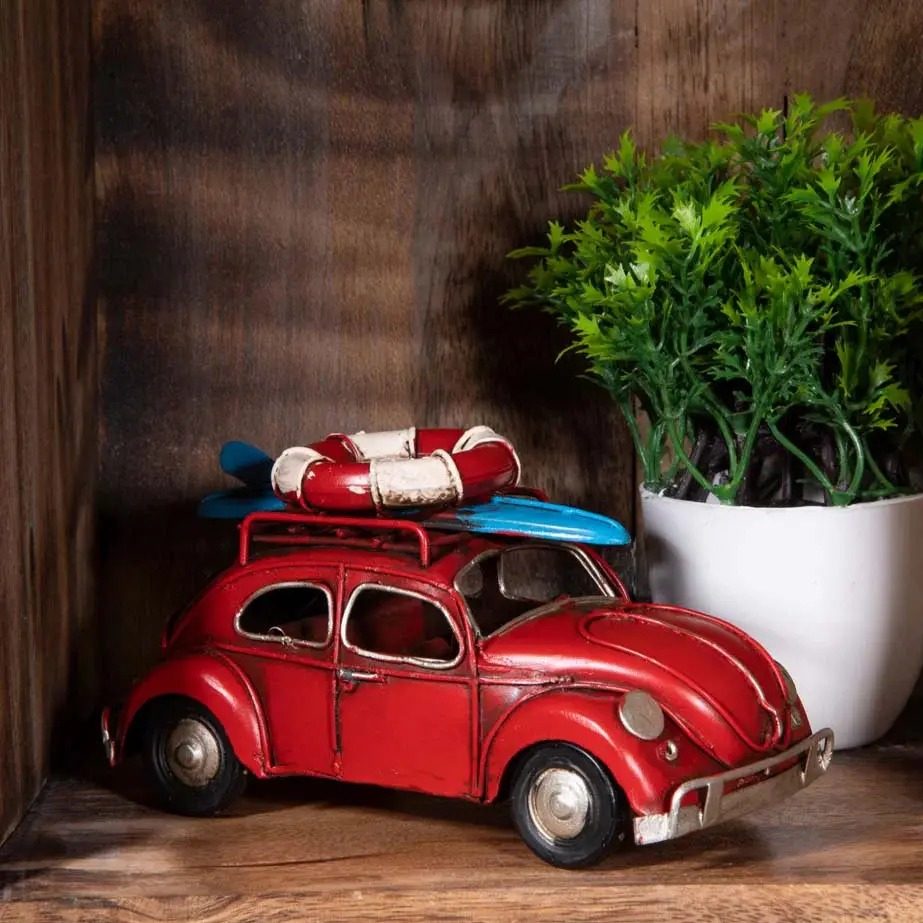
Purpose of This Article
The purpose of this article is to provide insight into loving and maintaining your hooptie car. We will explore practical maintenance tips, customization ideas, and the overall benefits of embracing the quirks of your vehicle. By the end of this guide, readers will be better equipped to care for their hoopties while celebrating their unique characteristics.
Understanding Your Hooptie’s Quirks
Embracing the Character
Each hooptie car comes with its unique set of quirks. These can range from unusual noises to unexpected performance traits. Embracing these idiosyncrasies is part of the joy of owning a hooptie. Understanding your vehicle’s personality allows you to create a deeper connection with it. Instead of viewing quirks as drawbacks, consider them characteristics that make your car stand out. This positive attitude enhances your ownership experience.
Routine Observations
Taking time to observe your hooptie’s behavior is essential for effective maintenance. Regularly check the vehicle’s sounds, performance, and any signs of wear. This attentiveness can help you identify potential issues before they become major problems. Keeping an eye on fluid levels, tire pressure, and other basic maintenance tasks lays the foundation for a long-lasting relationship with your hooptie. Noticing small changes allows you to make informed decisions about repairs and upkeep.
Learning from Online Communities
The internet has opened avenues for fellow hooptie lovers to connect. Various online forums and social media groups cater to enthusiasts who share tips and experiences related to their quirky vehicles. By participating in these communities, you can gain practical advice on how to address common issues or enhance performance. Engaging with others who appreciate the quirks of hooptie cars fosters a sense of belonging and camaraderie among owners.
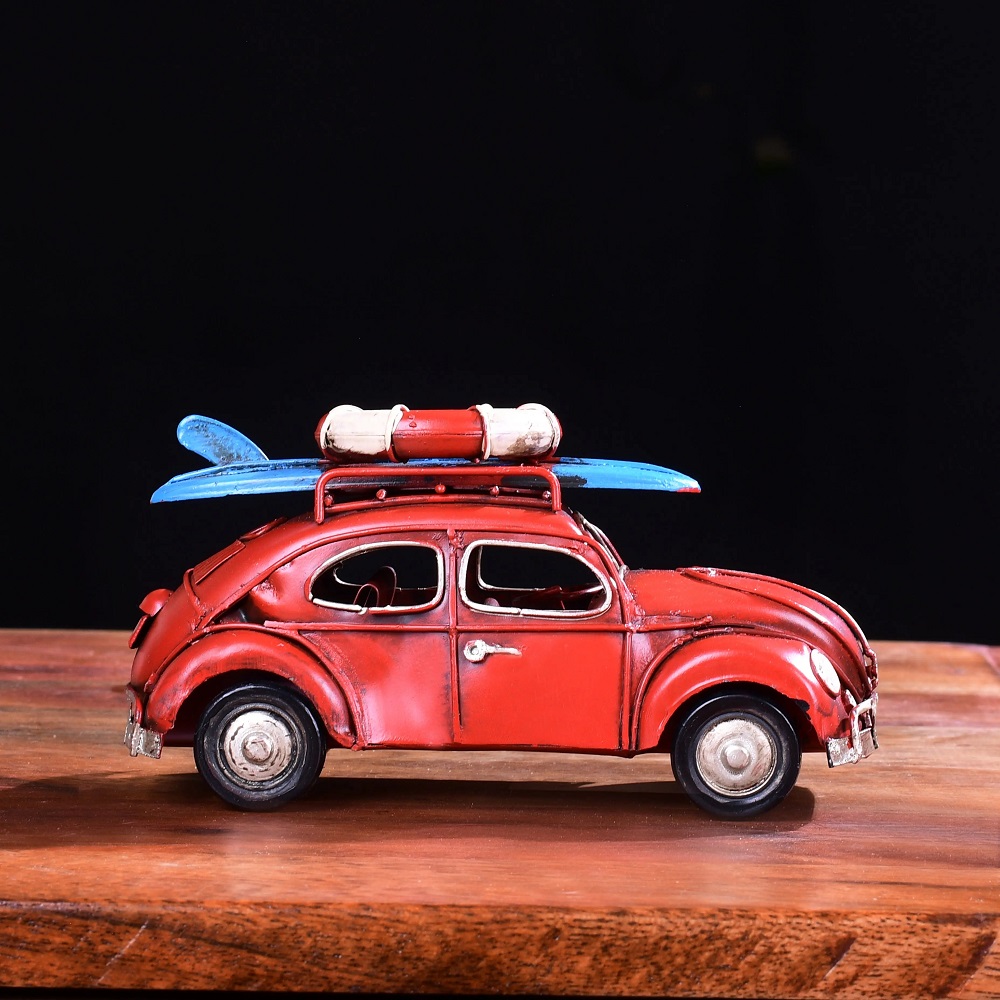
Basic Maintenance Tips
Regular Oil Changes
One of the most vital maintenance tasks for any vehicle is changing the oil regularly. This process is particularly important for older cars, as they often rely on regular upkeep to function smoothly. Make it a habit to check the oil level and change it at recommended intervals, usually every 3,000 to 5,000 miles. Clean oil ensures better engine performance and prolongs the life of your hooptie. Engaging in this simple maintenance task can help you feel more connected to your vehicle.
Tire Care and Rotation
Proper tire care is essential for optimal performance and safety. Regularly check tire pressure, as under-inflated tires can lead to poor handling and decreased fuel efficiency. Additionally, inspect tire tread for signs of wear. Rotate your tires every 6,000 to 8,000 miles to ensure even wear and prolong their lifespan. Well-maintained tires contribute to a smoother ride and enhance overall safety on the road. Tire care is a fundamental aspect that every hooptie owner should prioritize.
Battery Maintenance
A well-functioning battery is crucial for starting your hooptie car without hassle. Regularly inspect battery terminals for corrosion and ensure connections are tight. Clean any buildup with a mixture of baking soda and water. If your battery is older than three years, consider having it tested to prevent unexpected failures. Taking proactive measures to maintain your battery will help you avoid being stranded unexpectedly and keeps your vehicle running smoothly.
Customizing Your Hooptie
Upgrading the Exterior
Customization allows you to express your personality through your hooptie car. Consider upgrading the exterior with fresh paint, decals, or wraps. This approach transforms your vehicle into a unique work of art while providing a fresh appearance. Choose colors or designs that resonate with you, making your hooptie a reflection of your style. A well-considered exterior upgrade can rejuvenate your enjoyment of driving.
Interior Enhancements
The interior of your hooptie is equally important for making your driving experience enjoyable. Simple upgrades like new seat covers or floor mats can create a fresh look. Adding custom steering wheel covers and coordinating accessories adds flair while improving comfort. You might also consider installing a new stereo system or Bluetooth connectivity to enhance entertainment options during drives. Personalizing your interior space allows you to create a comfortable and inviting environment.
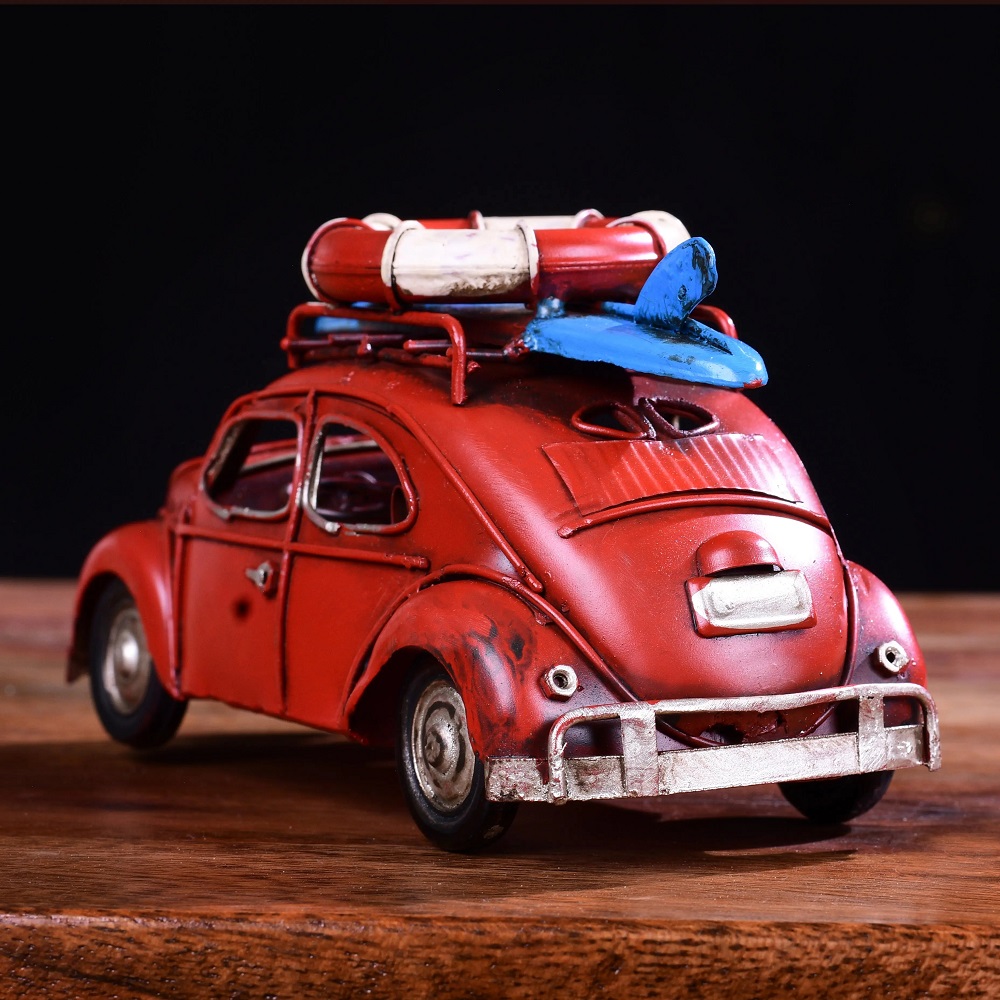
Functional Modifications
Functional modifications can significantly improve the performance of your hooptie. Upgrading components like the exhaust system can enhance sound and efficiency. Installing a cold air intake system can also improve horsepower and fuel efficiency. Additionally, enhancing suspension can improve handling for a smoother ride, especially during challenging conditions. Engaging in these upgrades allows you to enjoy an enhanced driving experience while making your quirky vehicle unique.
Making Repairs and Upkeep
Basic Troubleshooting Skills
Acquiring basic troubleshooting skills can be invaluable for any hooptie owner. Familiarizing yourself with common car issues, such as engine noises or warning lights, will help you identify problems early. Simple tasks like checking fluid levels and replacing light bulbs can be done at home with minimal tools. Online resources, including instructional videos, can guide you through various tasks. Developing your troubleshooting skills empowers you to take charge of your vehicle and reduce repair costs.
Knowing When to Seek Help
While many repairs can be performed at home, knowing when to seek professional help is essential. Engaging a trusted mechanic for more complex issues ensures that problems are resolved correctly. Take note of any recurring issues that require extensive repairs, as these may need professional attention. Maintaining a good relationship with a reliable mechanic can make it easier to address concerns and reassure you that your hooptie is in capable hands.
Keeping a Maintenance Log
Creating a maintenance log is a practical way to keep track of all services performed on your hooptie. Document items such as oil changes, tire rotations, and any repairs made. This log will provide valuable insights into your vehicle’s health and history. When it’s time to sell the car, potential buyers appreciate having a well-documented history, which can lead to higher resale values. Additionally, the log helps ensure that you stay on track with regular maintenance tasks.
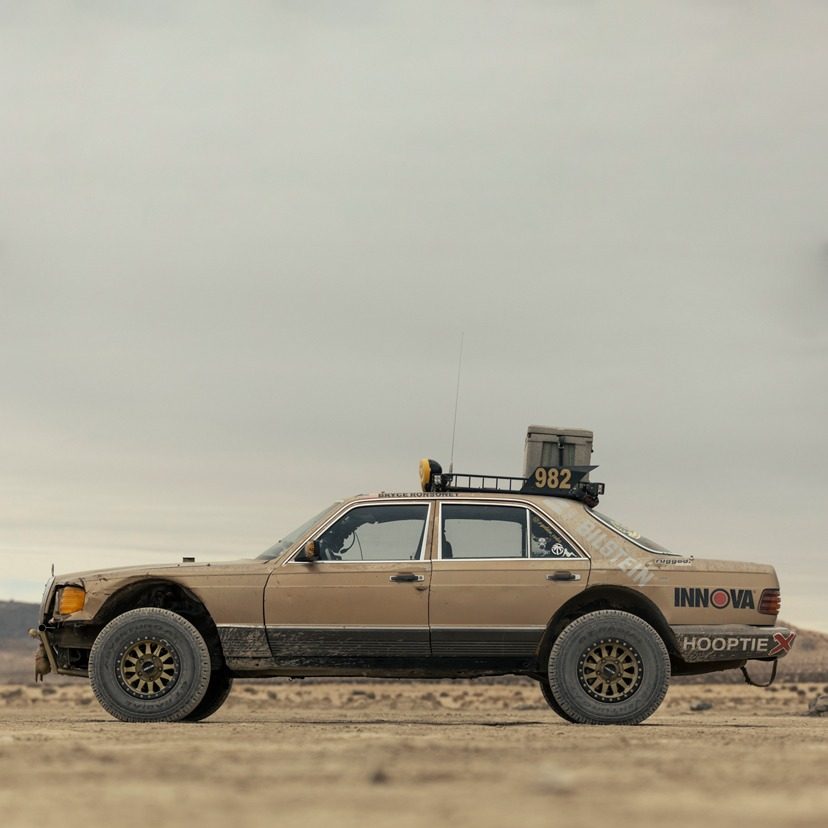
Community and Connection
Joining Hooptie Enthusiast Groups
Becoming part of a hooptie community can significantly enhance your experience as a car owner. Many online forums and social media groups exist solely for enthusiasts who appreciate quirky vehicles. By joining these communities, you can connect with others who share similar passions and interests. Exchanging stories, repair tips, and customization advice contributes not only to your knowledge but also to your social circle.
Sharing Your Journey
Don’t hesitate to share your hooptie journey with others. Documenting your experiences, repairs, and modifications on a blog or social media platform can create a supportive following. By sharing your adventures, you inspire others to embrace their quirky vehicles and foster camaraderie among fellow enthusiasts. Highlighting the joys and challenges of owning a hooptie car creates a sense of community and shared experience.
Participating in Local Meetups
Many communities host car meetups and events where enthusiasts can showcase their vehicles. Participating in these gatherings allows you to connect with fellow hooptie owners, exchange ideas, and appreciate various car styles. The excitement and passion felt at these events can create lasting memories and friendships. Be sure to bring your hooptie to show off your work and join in the celebration of unique cars.
Enjoying the Journey with Your Hooptie
Finding Joy in the Little Things
Owning a hooptie car is often about more than mere performance; it encompasses the joy of the journey. Every dent and scratch tells a story, and each repair or upgrade brings a new sense of accomplishment. Enjoy the little things, like a successful DIY repair or a delightful road trip. Embrace the quirky aspects of your vehicle and allow your experiences with it to shape your journey with pride.
Celebrating Your Connection to the Vehicle
As you invest time and effort into your hooptie, you will surely develop a connection with it. This bond can be incredibly rewarding, as you watch the car transform and adapt to your needs. Each time you take it on the road, you forge a unique experience that reflects your personality. Celebrating this connection encourages you to cherish the memories and adventures that unfold during ownership.
Inspiring Future Hooptie Owners
Your passion for your hooptie can inspire others to consider their unique vehicles. Sharing your insights, tips, and experiences may encourage fellow enthusiasts to embrace the charm of quirky cars. Many individuals may feel intimidated by the idea of owning an older or unconventional vehicle, but your enthusiasm can reassure them that there is joy in every journey. Through your shared experience, you can become a source of inspiration for a new generation of hooptie owners.

Conclusion: Love Your Quirky Vehicle
Embrace the Unique Journey
In conclusion, owning a hooptie car is about embracing its quirks and cherishing the journey it offers. From personalized customizations and upgrades to engaging with a community of enthusiasts, the experience can be incredibly fulfilling. Each hooptie tells a story of resilience, creativity, and connection. Embrace the unique characteristics of your vehicle, and let them enhance your adventures on the road.
Maintain the Pride
Taking care of your hooptie through regular maintenance and repairs allows you to maintain pride in ownership. Keeping your car running smoothly while enhancing its aesthetics provides satisfaction and joy. The time spent caring for your vehicle reflects your commitment to sustaining its charm and performance. Each small effort contributes to the overall story of your hooptie.
Celebrate Every Adventure
As you embark on your journey with your hooptie, celebrate the adventures and experiences that come along the way. From daily commutes to weekend road trips, every moment shared with your quirky vehicle is an opportunity for joy and connection. Whether it’s through friendships formed in the car community or cherished moments created with family and friends, embrace the spirit of the hooptie. Enjoy every ride, and may your love for your quirky vehicle continue to flourish!
More Details